Mainland France comprises 13 administrative regions which are in turn subdivided into départements. The regions were created by the Law of Decentralisation (2 March 1982) with legal status.
Originally the country was divided into 22 regions before the implementation of a major reorganisation of French regions. On 1 January 2016, six new regions of France were created from the merger of existing regions. In addition, five regions maintained their existing boundaries.
Each of the regions of France displays a rich heritage of history and culture.
How to describe the regions of France?
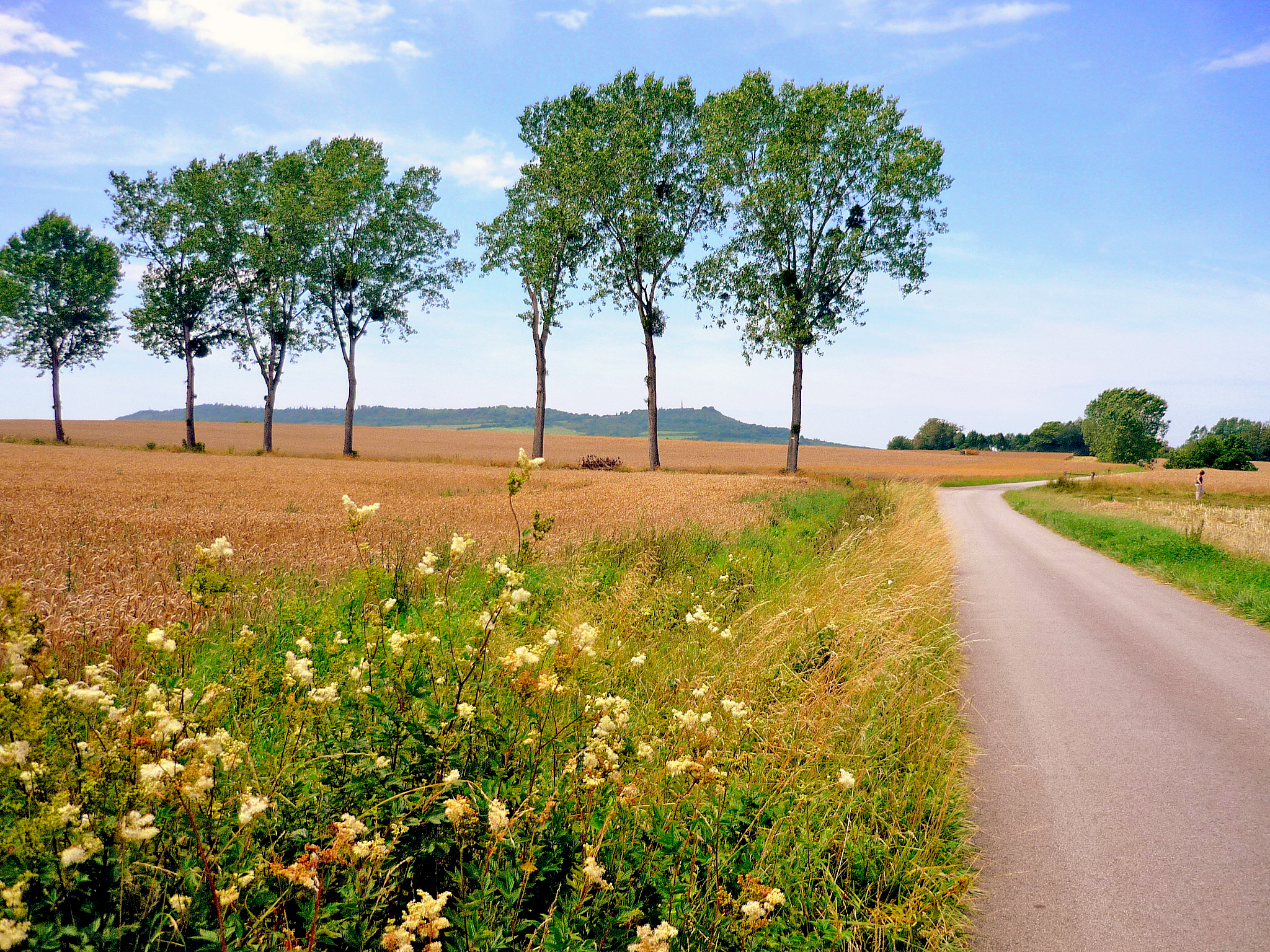
All the regions of France uphold a stunning variety of landscape and architecture. Their natural landscapes are characterised by mountains, hills, plains and coastal areas.
Moreover, the climate varies greatly from the snow-capped peaks of the Alps to the plains of the Loire Valley and the holiday resorts of the French Riviera.
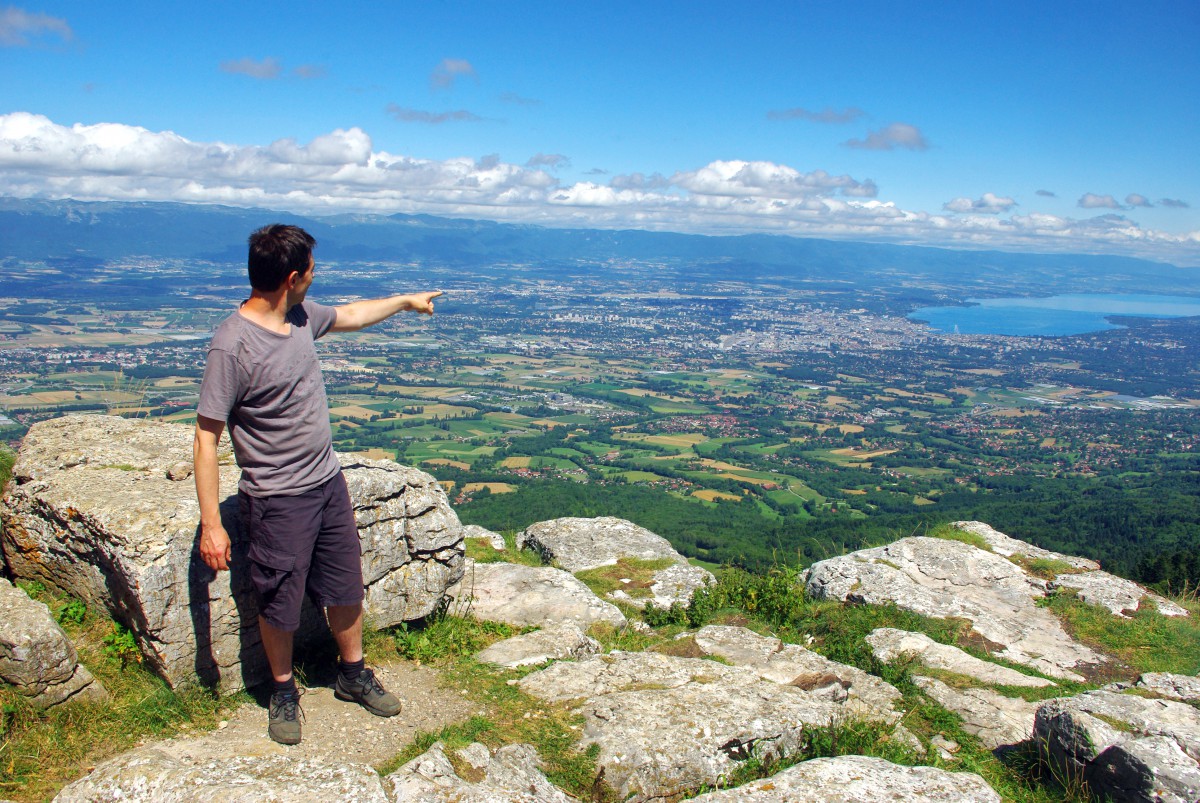
With their specific identities, the regions of France are drenched in tradition. Each province benefits from a distinct culture, gastronomy and sometimes dialect. However, it must be pointed out that most of today’s regions of France are more administrative than cultural or historical entities.
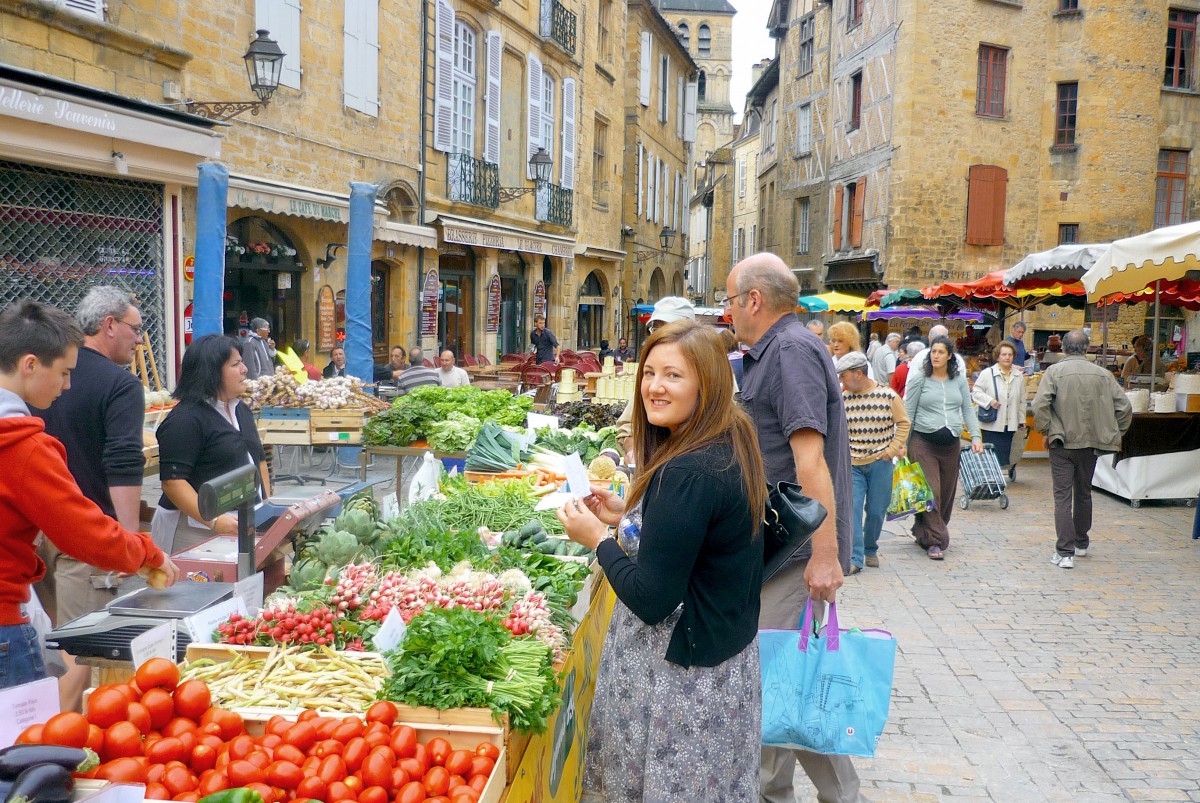
The territorial reform introducing new regions
The change in the number of administrative regions in France took effect on 1 January 2016.

The territorial reform was proposed by President François Hollande and voted by the French Parliament (National Assembly and Senate) in 2014.
The reasons for reducing the number of regions in Metropolitan France from 22 to 13 are:
- To modernise, simplify administrative procedures
- To create more powerful regional entities
- These entities should be capable of carrying out large-scale projects for their citizens.
Therefore, the names of the many new regions are a combination of the names of the former regions. For example:
- Bourgogne and Franche-Comté became Bourgogne-Franche-Comté.
- Auvergne and Rhône-Alpes became Auvergne-Rhône-Alpes.
On the 1st of July 2016, new permanent names became official. Some regions changed their names, for example:
- Alsace, Champagne-Ardenne and Lorraine became Grand-Est
- Aquitaine, Limousin and Poitou-Charentes became Nouvelle Aquitaine
The capitals or head cities of the regions were all nominated during the 2nd semester of 2015.
Finally, the President of the Regional Council and his/her counsellors were elected in December 2015 with their mandate starting from 1st January 2016.
What are the 13 regions of France?
Here is the list of the 13 regions of France with facts and figures:
Nouvelle-Aquitaine
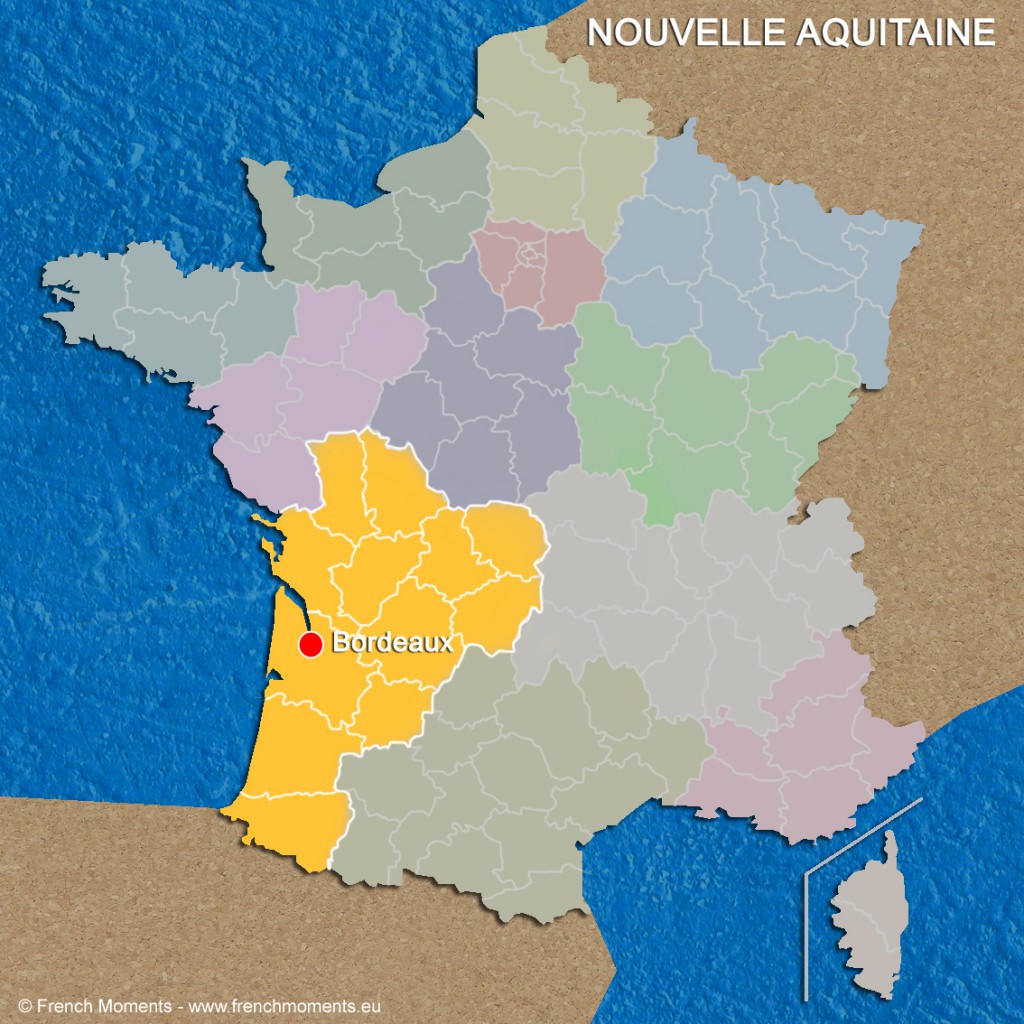
Includes the former regions of Aquitaine, Limousin and Poitou-Charentes.
- Population: 5,808,594 (2012)
- Area: 84,061 km2
- Regional capital: Bordeaux
- Other main cities: Limoges, Poitiers, Pau, Bayonne, La Rochelle, Angoulême
- Number of départements: 12
- Main sites: Historic Centre of Bordeaux, Dordogne Valley, Bordeaux Vineyards, Old Harbour of La Rochelle, National Park of the Pyrenees
Auvergne-Rhône-Alpes
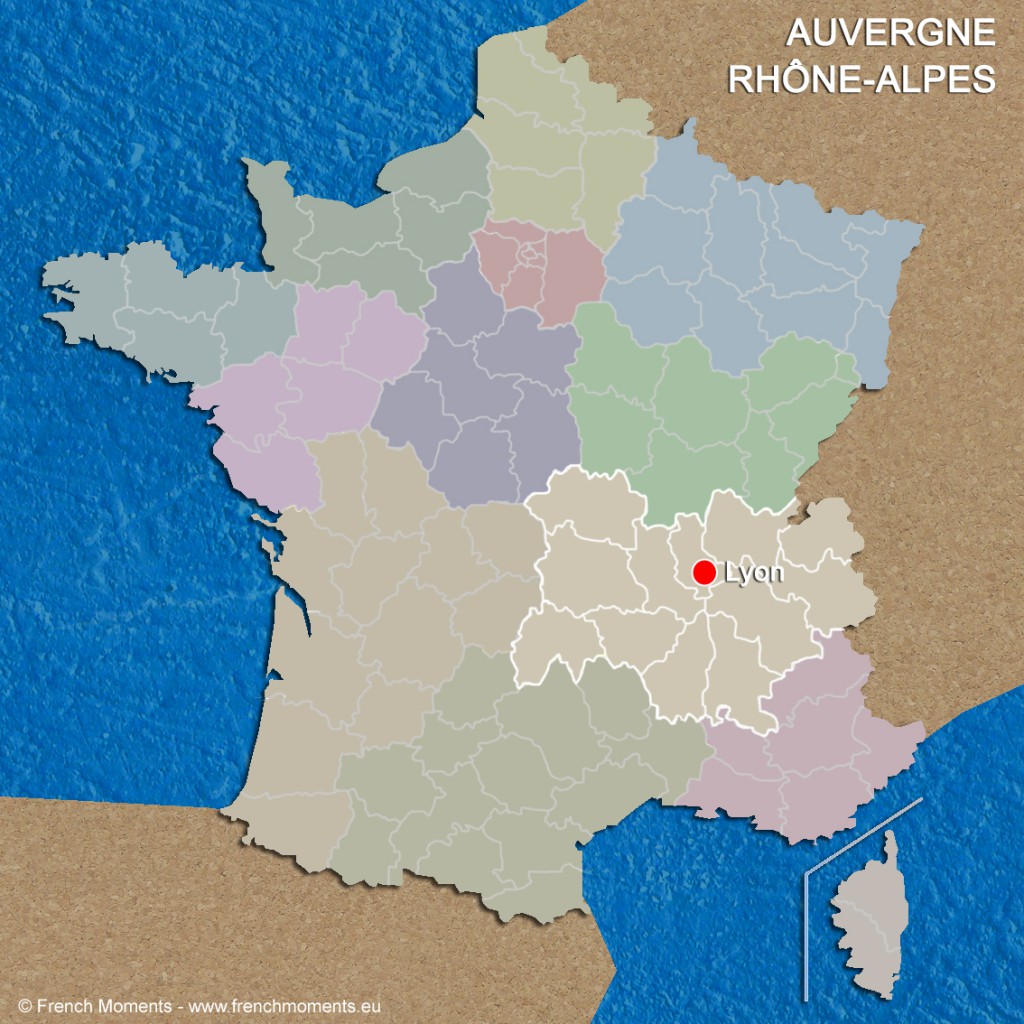
Includes the former regions of Auvergne and Rhône-Alpes.
- Population: 7,695,264 (2012)
- Area: 69,711 km2
- Regional capital: Lyon
- Other main cities: Grenoble, Saint-Étienne, Clermont-Ferrand, Chambéry, Annecy, Valence
- Number of départements: 13
- Main sites: Vieux-Lyon, Volcanoes of Auvergne, Mont-Blanc, National Parks of the Vanoise and Écrins, Lake Annecy, Ardèche Gorges
Bourgogne-Franche-Comté
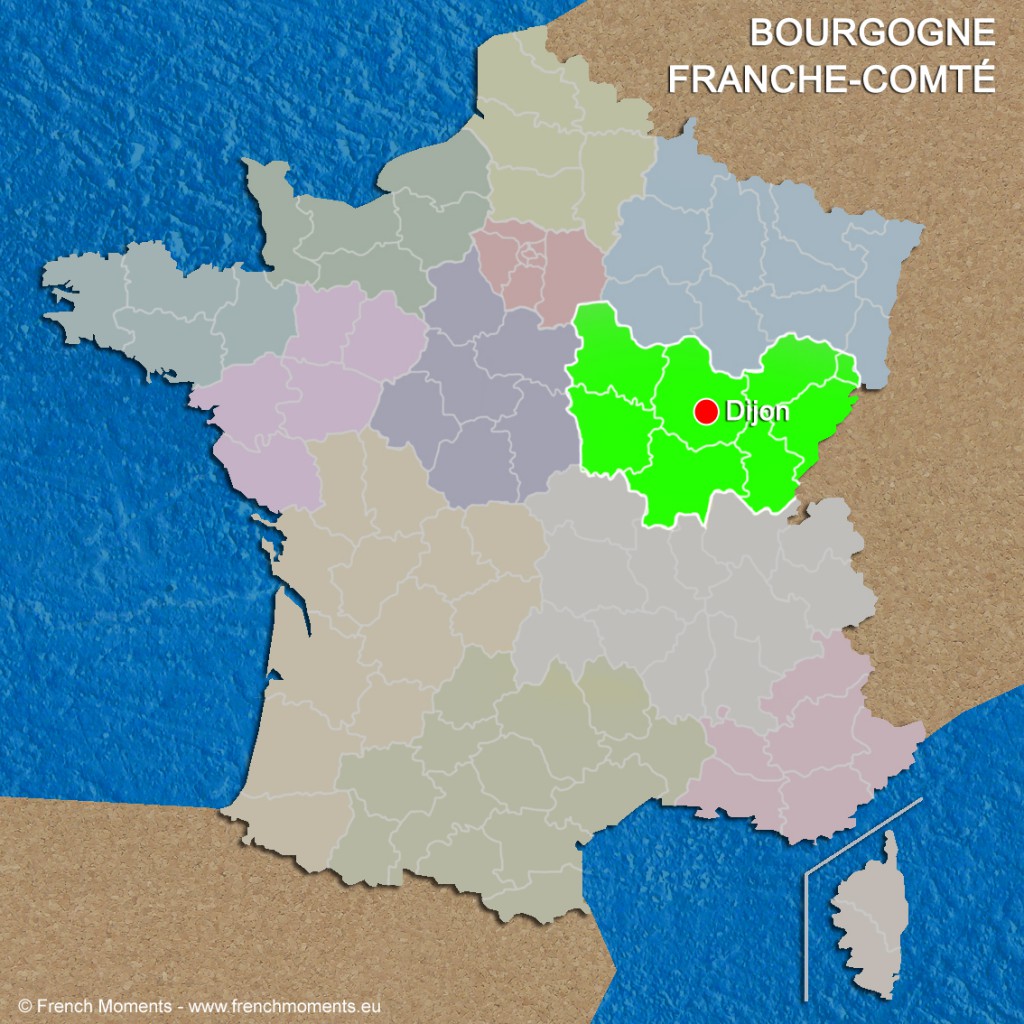
Includes the former regions of Bourgogne and Franche-Comté.
- Population: 2,816,814 (2012)
- Area: 47,784 km2
- Regional capital: Dijon
- Other main cities: Besançon, Montbéliard, Belfort, Chalon-sur-Saône, Mâcon, Nevers, Auxerre
- Number of départements: 8
- Main sites: Historic Centre of Dijon, Vauban Citadel of Besançon, Royal Saltworks of Arc-et-Senans, Alésia, vineyards of Burgundy
Bretagne (Brittany)
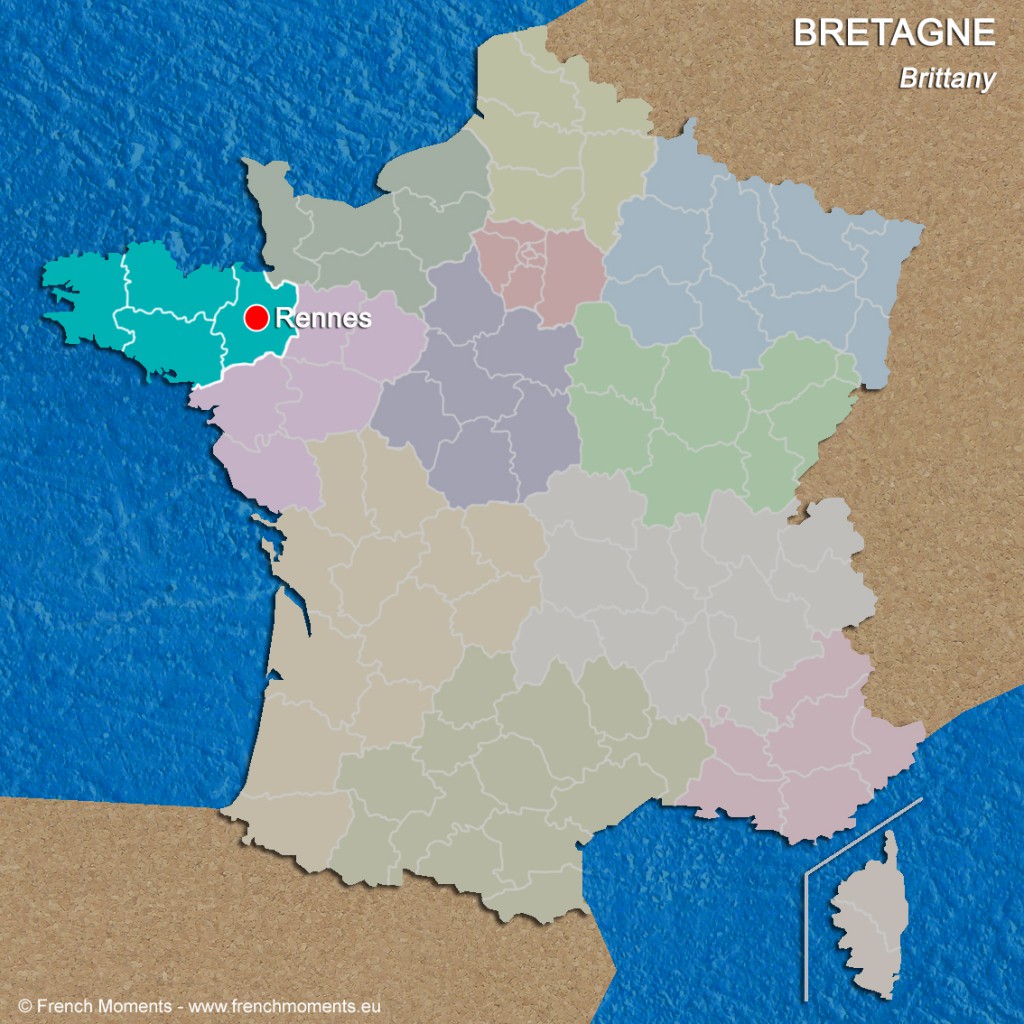
- Population: 3,237,097 (2012)
- Area: 27,208 km2
- Regional capital: Rennes
- Other main cities: Brest, Lorient, Vannes, Quimper
- President of the Regional Council: Jean-Yves Le Drian (Parti Socialiste)
- Number of départements: 4
- Main sites: Fortifications of Saint-Malo, Old Towns of Quimper, Dinard, Castles of Vitré and Fougères, Carnac, Quiberon, Belle-Île
Centre-Val-de-Loire

Formerly known as ‘Centre’ until 17 January 2015
- Population: 2,563,586 (2012)
- Area: 39,151 km2
- Regional capital: Orléans
- Other main cities: Tours, Bourges, Chartres, Blois=
- Number of départements: 6
- Main sites: Chateaux of the Loire (Chambord, Amboise, Blois, Villandry, Chenonceau, Ussé, Azay-le-Rideau, Langeais), Gothic cathedrals of Bourges, Chartres, Tours and Orléans
Corse (Corsica)

- Population: 322,120 (2013)
- Area: 8,680 km2
- Regional capital: Ajaccio
- Other main cities: Bastia
- Number of départements: 2
- Main sites: Calanques of Piana, Gulf of Porto, Îles Sanguinaires, Bonifacio, Calvi, Porto-Vecchio
Grand Est

New name chosen from 4 options on 4 April 2016 over Acalie / Rhin-Champagne / Nouvelle Austrasie.
Includes the former regions of Alsace, Champagne-Ardenne and Lorraine.
- Population: 5,548,955 (2012)
- Area: 57,433 km2
- Regional capital: Strasbourg
- Other main cities: Nancy, Mulhouse, Metz, Reims, Troyes
- Number of départements: 10
- Main sites: Cathedrals of Reims, Metz, Strasbourg, Troyes and Toul, Place Stanislas in Nancy, Historic Centre of Strasbourg, Alsace Wine Route, Haut-Kœnigsbourg Castle, WWI Battlefields of Verdun
Hauts-de-France
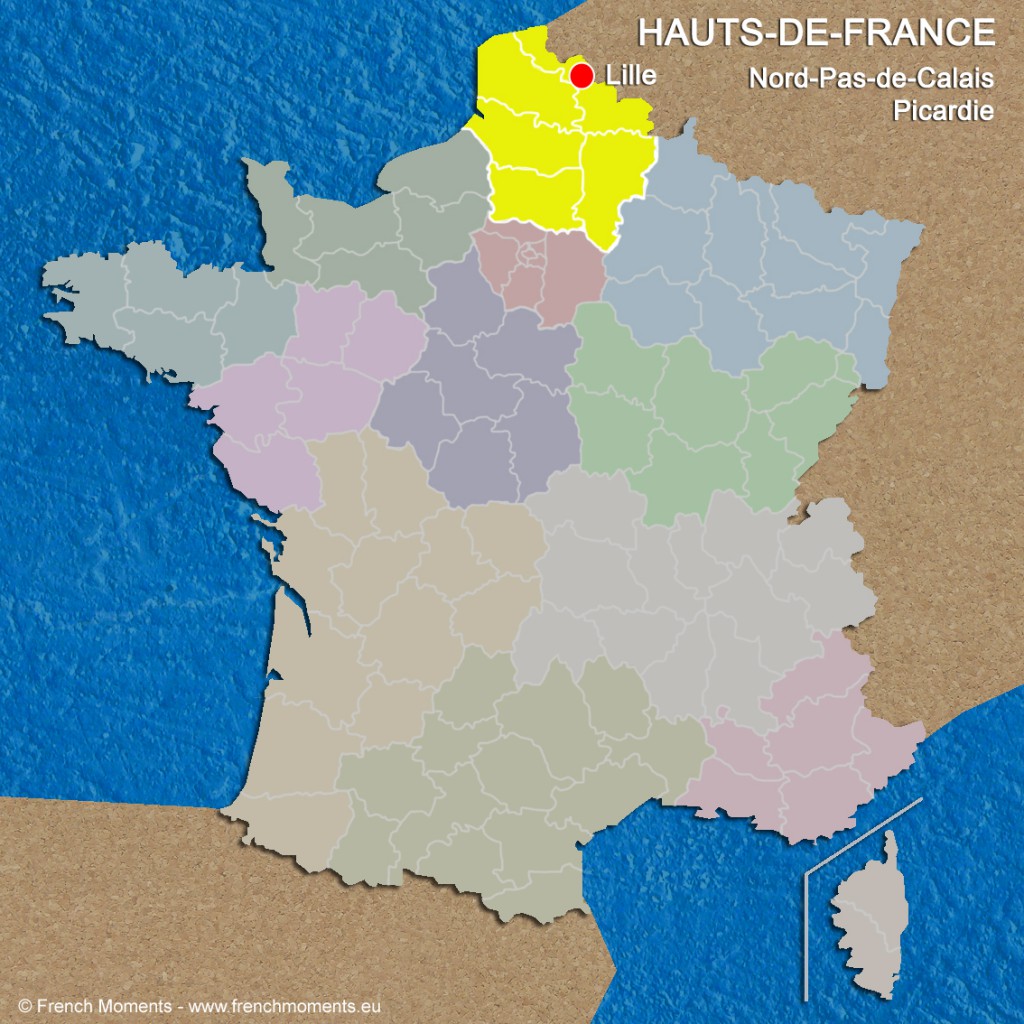
[new name chosen on 14 March 2016 over ‘Terres du Nord’ and ‘Nord-de-France’].
Includes the former regions of Nord-Pas-de-Calais and Picardie. The official name bears the subtitle ‘Nord Pas-de-Calais Picardie”
- Population: 5,973,098 (2012)
- Area: 31,813 km2
- Regional capital: Lille
- Other main cities: Amiens, Dunkerque, Calais, Saint-Quentin, Beauvais, Valenciennes, Maubeuge, Lens
- Number of départements: 5
- Main sites: Belfries of Flanders, Bay of the Somme, Vieux-Lille, Gothic Cathedrals of Amiens, Beauvais, Senlis and Laon, Palace of Compiègne, Chantilly Castle, Pierrefonds Castle, WWI Battlefields of the Somme
Île de France (Paris Region)
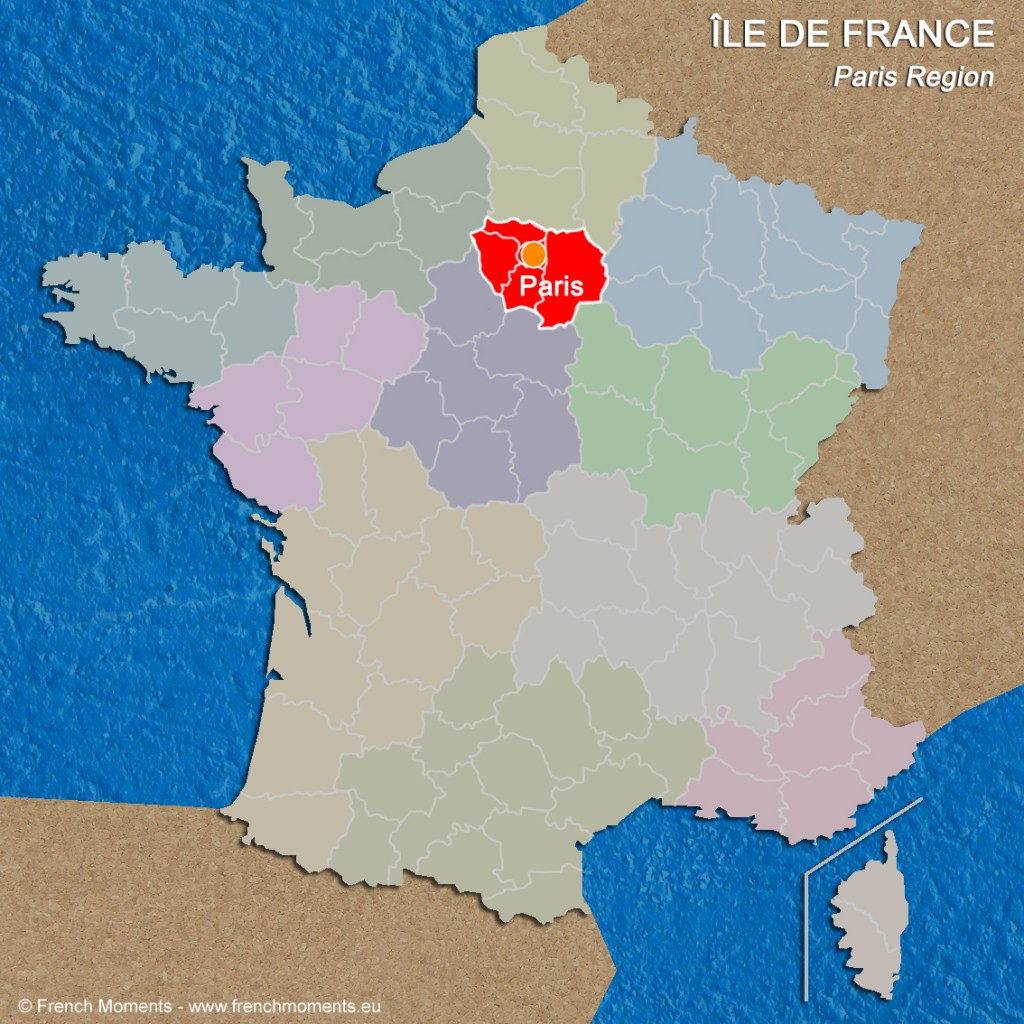
- Population: 12,005,077 (2014)
- Area: 12,012 km2
- Regional capital: Paris
- Other main cities: Versailles, Boulogne-Billancourt, Argenteuil, Saint-Denis, Bobigny
- Number of départements: 8
- Main sites: Eiffel Tower, Louvre, Notre-Dame Cathedral, Saint-Denis Basilica, Palace of Versailles, Palace of Fontainebleau, Vaux-le-Vicomte, Medieval Town of Provins, Disneyland Paris
Occitanie (Occitania)
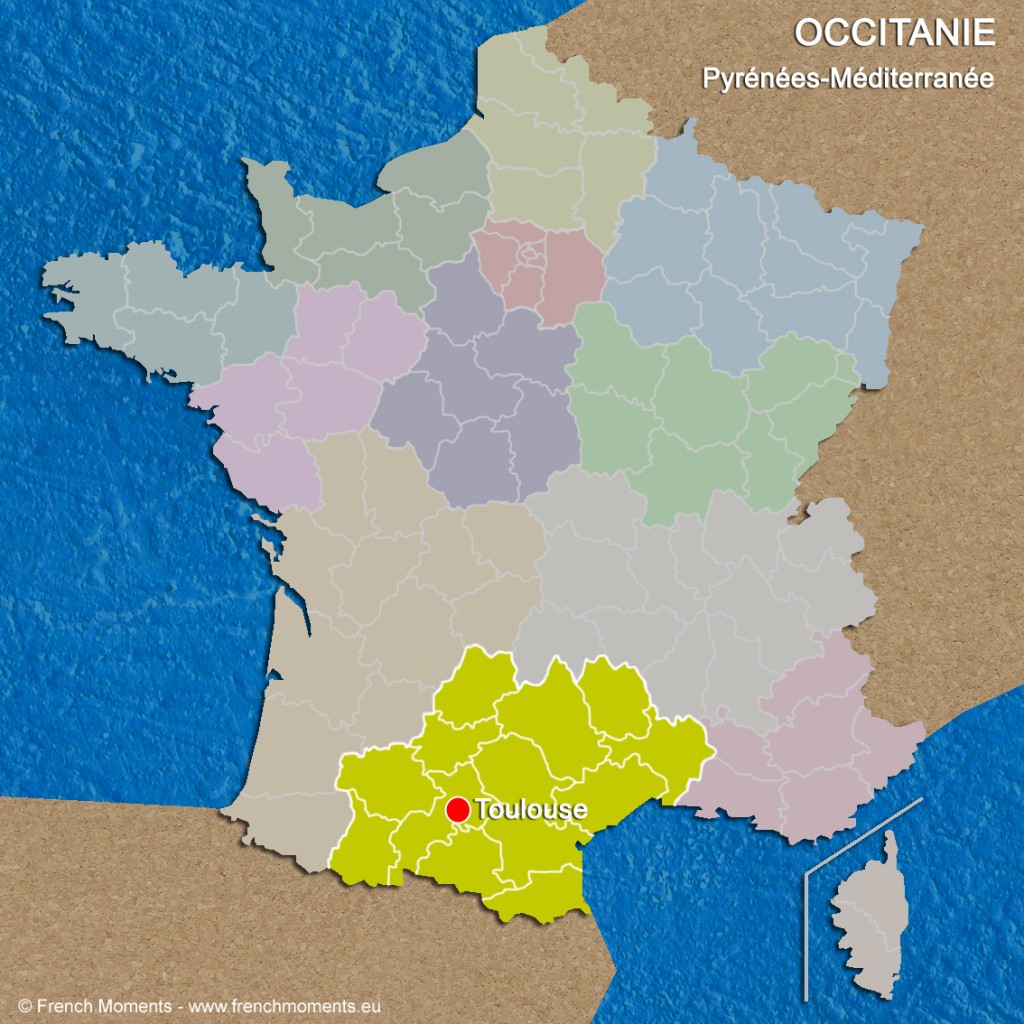
Includes the former regions of Languedoc-Roussillon and Midi-Pyrénées.
- Population: 5,626,858 (2012)
- Area: 72,724 km2
- Regional capital: Toulouse
- Other main cities: Montpellier, Nîmes, Perpignan
- Number of départements: 13
- Main sites: Old Towns of Toulouse and Albi, Cité de Carcassonne, Aigues-Mortes, Mont Canigou, Canal du Midi, Castles of the Cathars, Rocamadour
Normandie (Normandy)
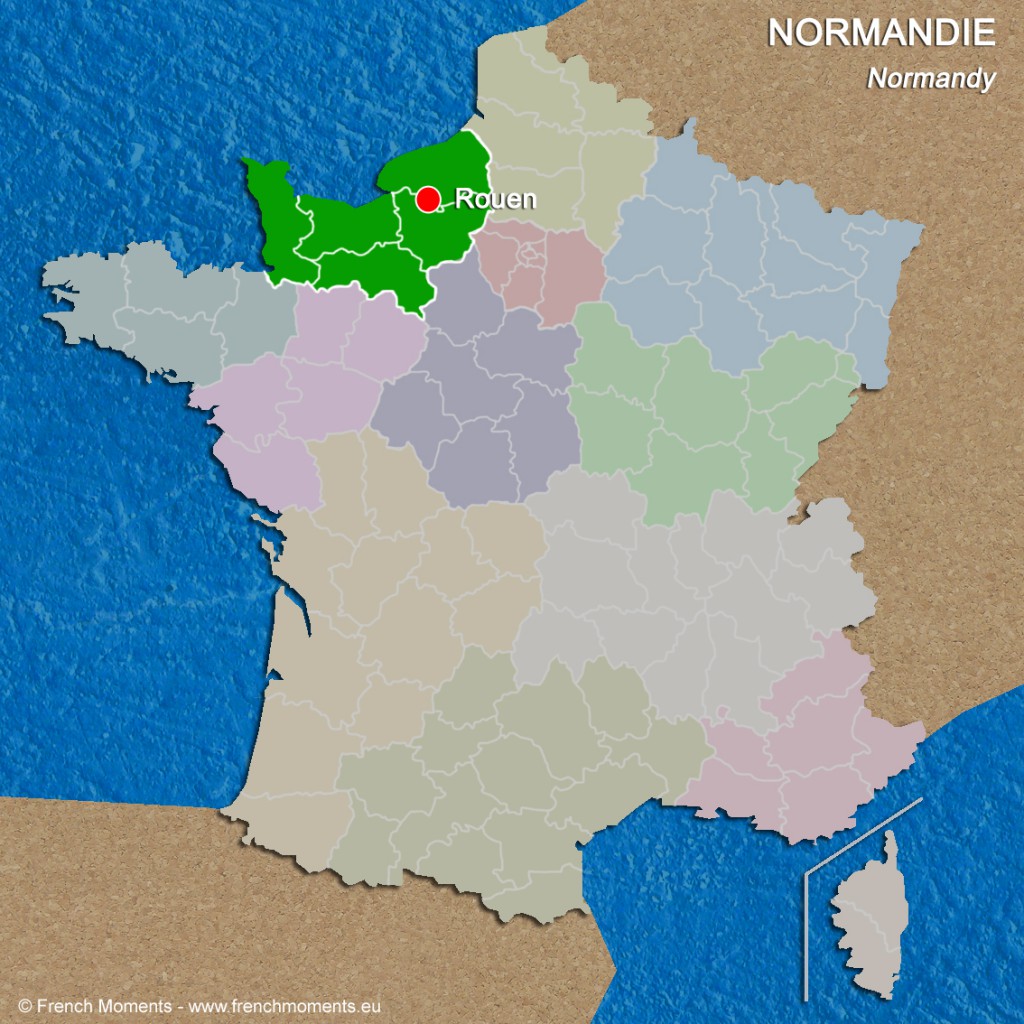
Includes the former regions of Basse-Normandie and Haute-Normandie.
- Population: 3,322,756 (2012)
- Area: 29,906 km2
- Regional capital: Rouen (tbc by 1 October 2016)
- Other main cities: Caen, Le Havre, Évreux, Cherbourg-Octeville
- Number of départements: 5
- Main sites: Old Town of Rouen, New Town of Le Havre, Cliffs of Étretat, Mont-Saint-Michel, Honfleur, Deauville-Trouville, D-Day Landing beaches
Pays de la Loire
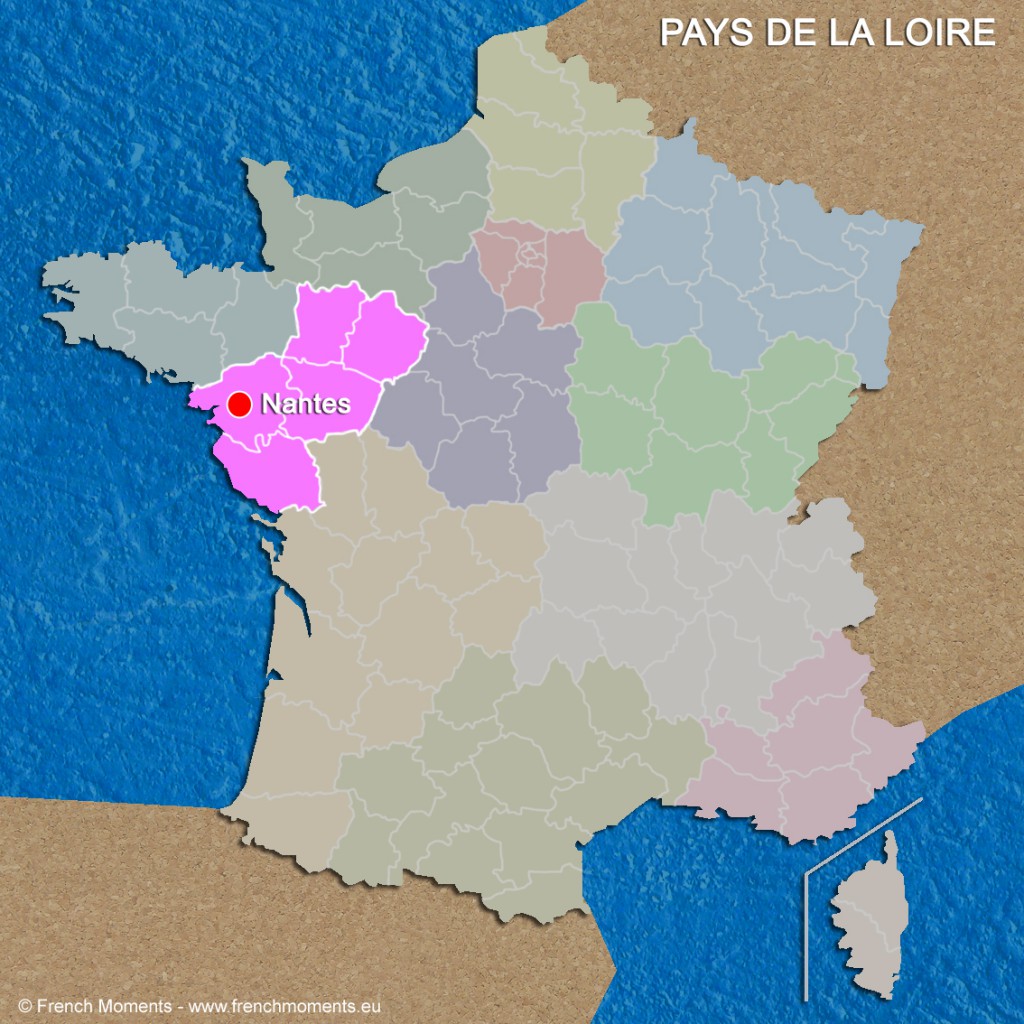
- Population: 3,632,614 (2012)
- Area: 32,082 km2
- Regional capital: Nantes
- Other main cities: Angers, Le Mans, Saint-Nazaire
- Number of départements: 5
- Main sites: Old Towns of Nantes and Le Mans, Castles of Saumur, Brissac and Angers
Provence-Alpes-Côte d’Azur (aka PACA or Région Sud)

- Population: 4,935,576 (2012)
- Area: 31,400 km2
- Regional capital: Marseille
- Other main cities: Nice, Toulon, Aix-en-Provence, Avignon, Arles, Cannes
- Number of départements: 6
- Main sites: Luberon, Mont Ventoux, Papal City of Avignon, Old Towns of Aix-en-Provence, Nice, French Riviera, Saint-Rémy-de-Provence, Alpilles, Luberon, Verdon Gorges, Calanques, Île d’Hyères, Saint-Tropez
The regions of France: fields of action

The legislative body of a French region is the Regional Council – le Conseil régional. It is led by its President.
A region in France does not have legislative authority. Therefore it cannot write its own statutory law.
However, it can levy its own taxes.
The Regional Councils are involved in several fields of action:
- economic development: tourism, business development and professional training
- public transport
- secondary schools (lycées)
- environmental issues such as air quality
- culture – regional arts and culture funding.
Pin it for later
Liked what you read? Pin it on Pinterest:
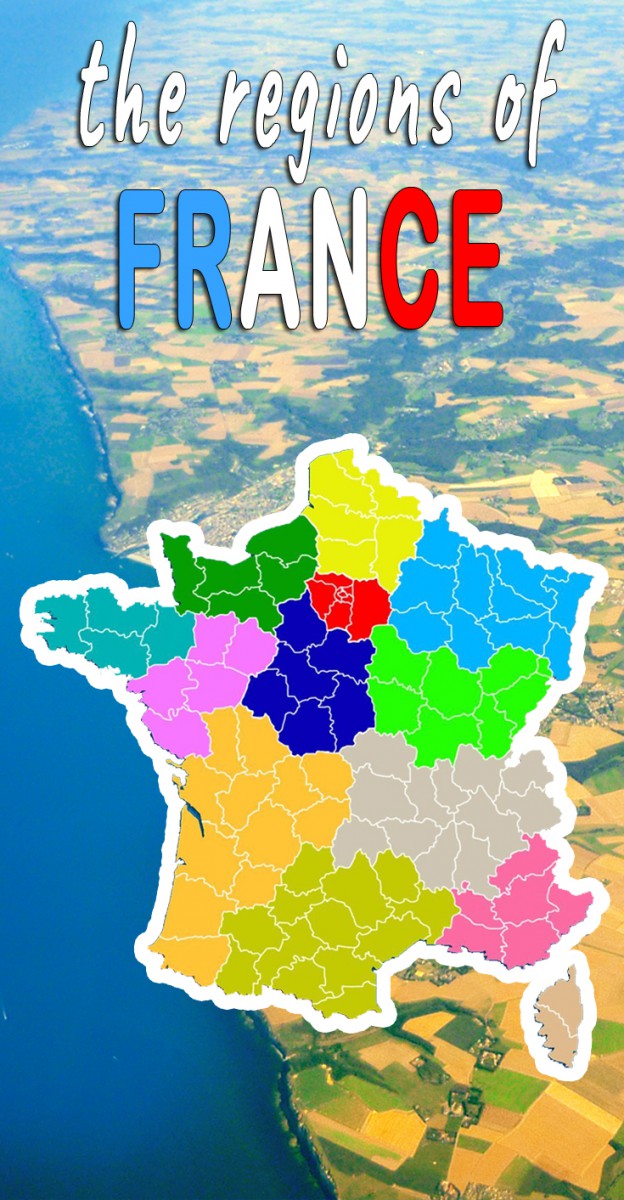
Download Free Maps of the Regions of France
Looking for free maps to download in the regions of France? Feel free to use ours.
And if you’re looking for more free worksheets about France, check this out! We’ve got a bunch of maps and activities for you to download. These worksheets are great for French classes or school activities related to France.

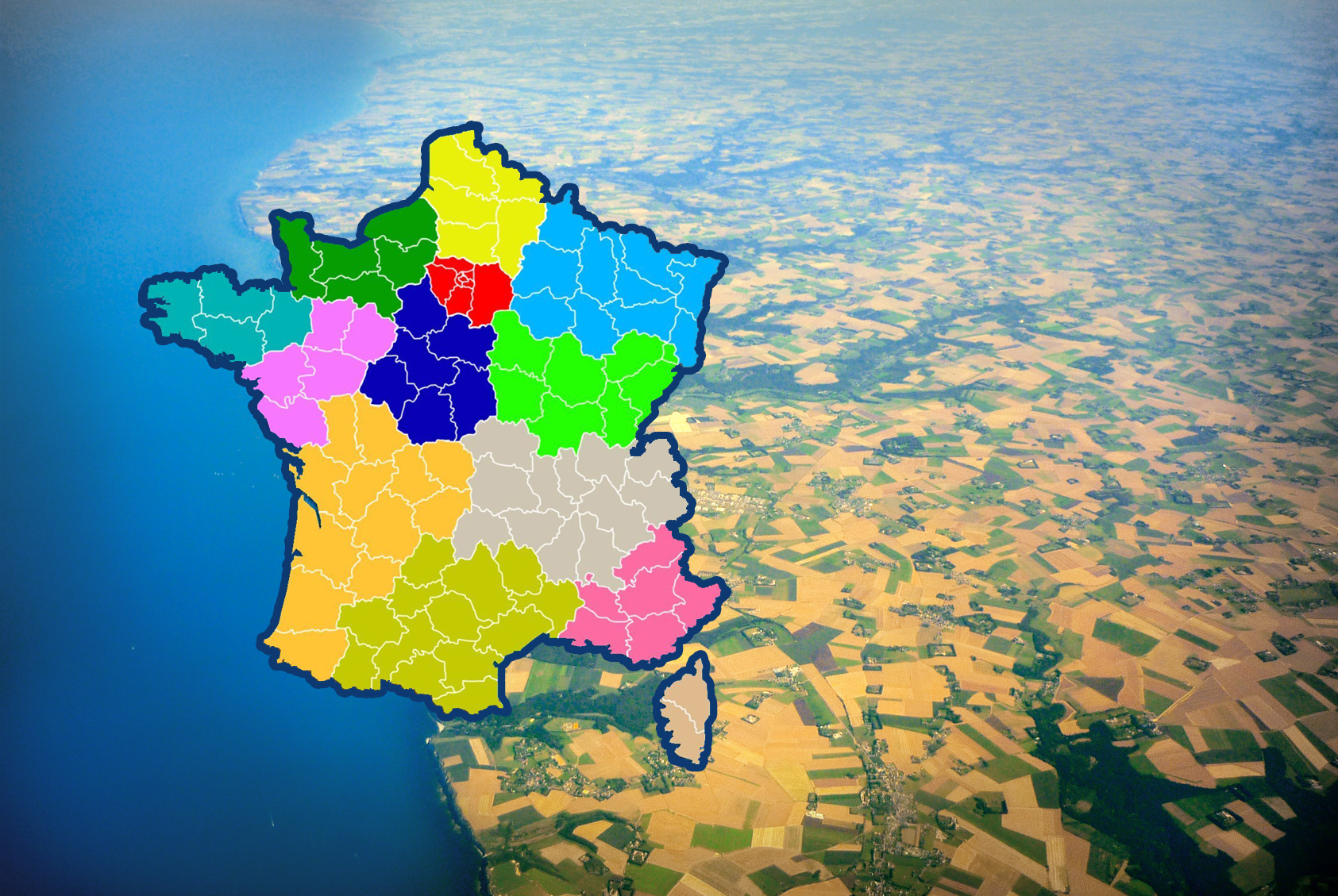

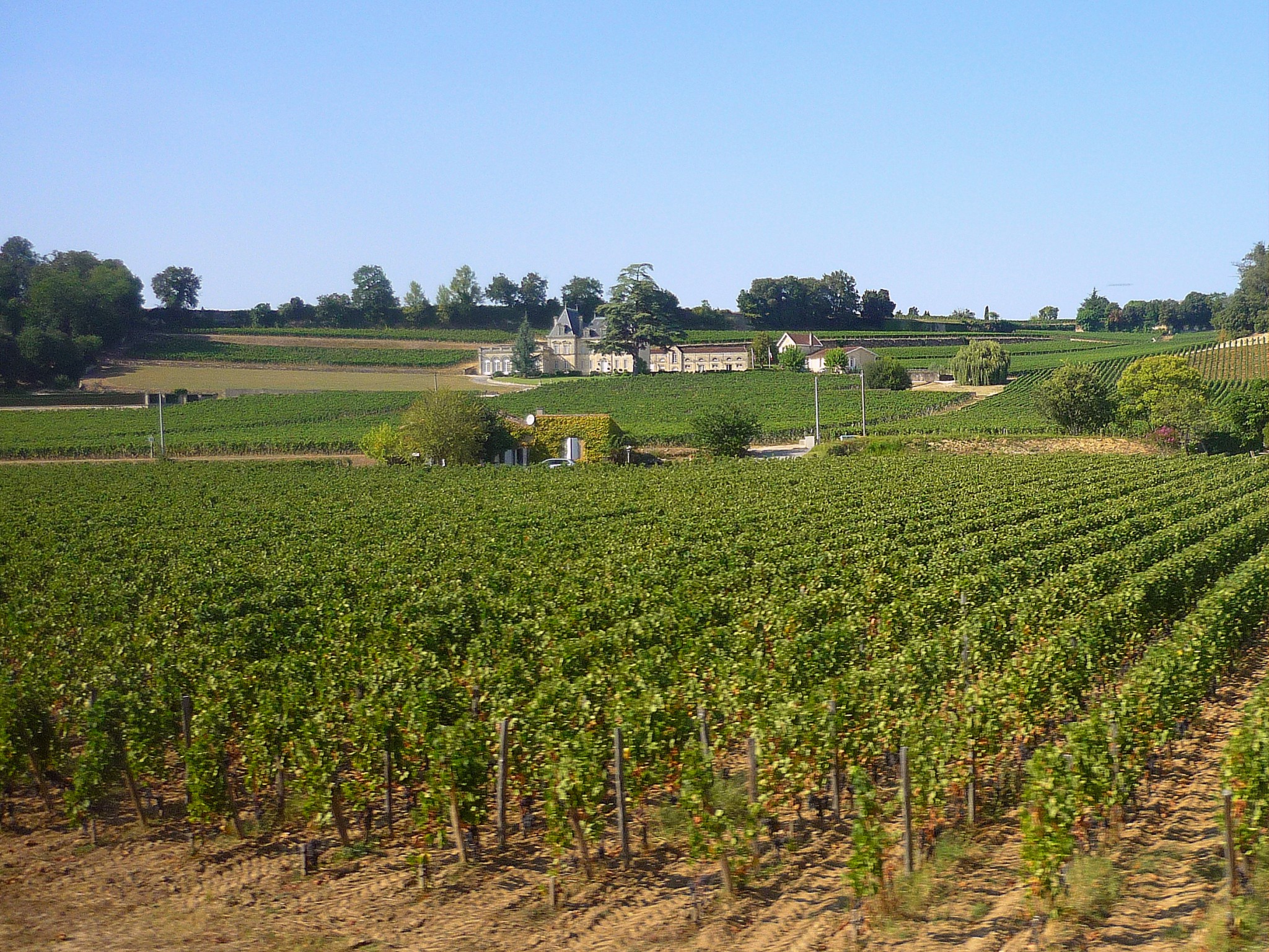

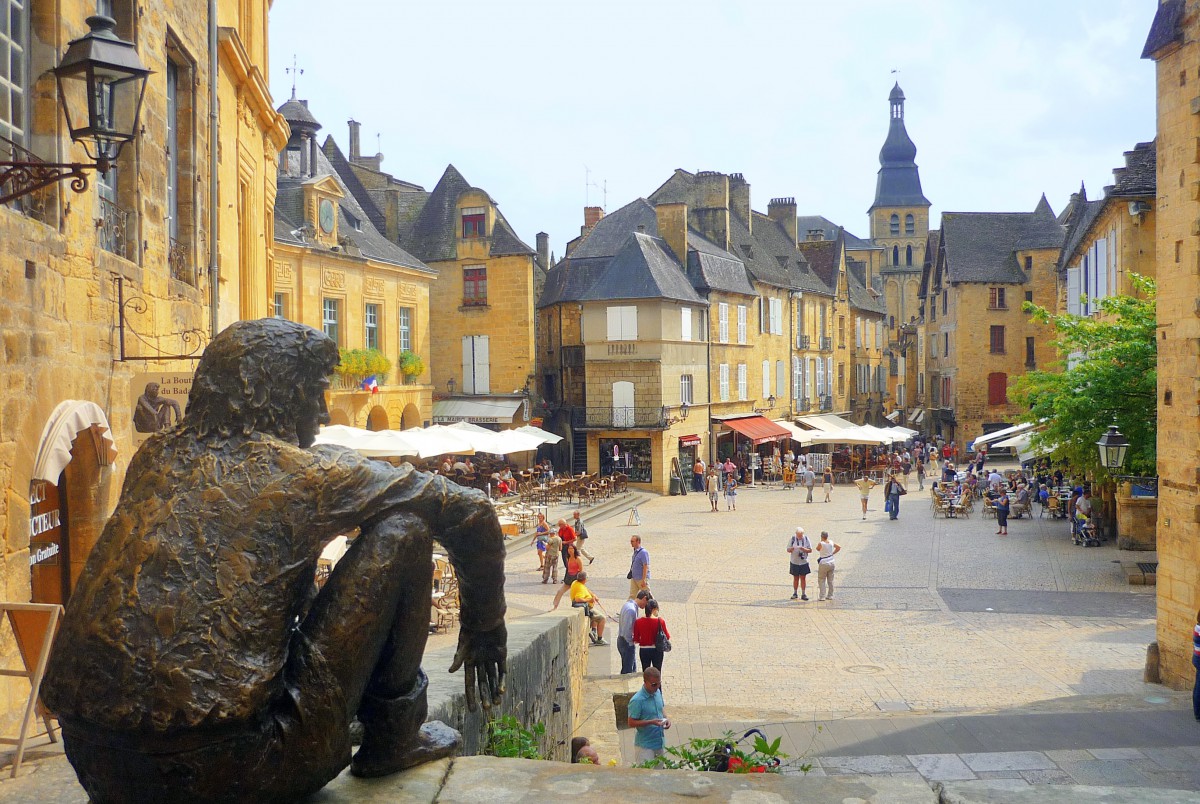


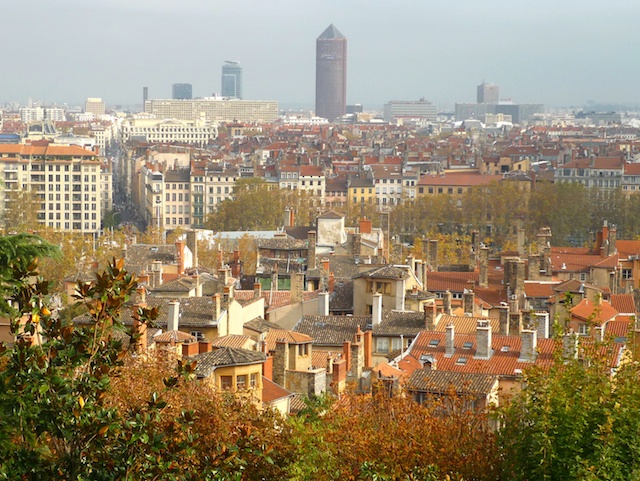


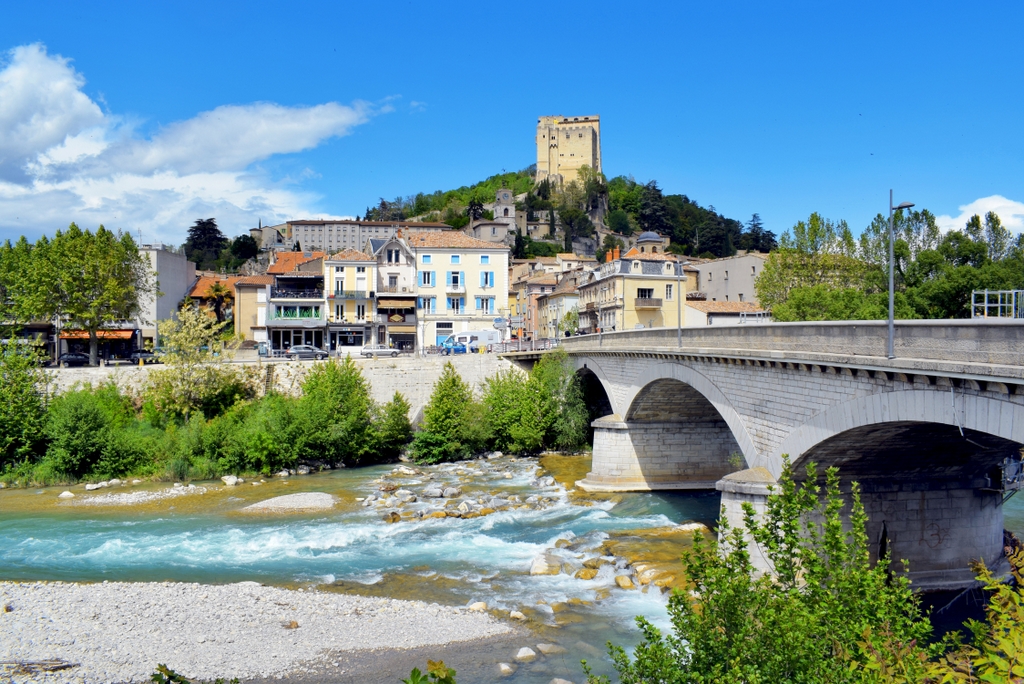
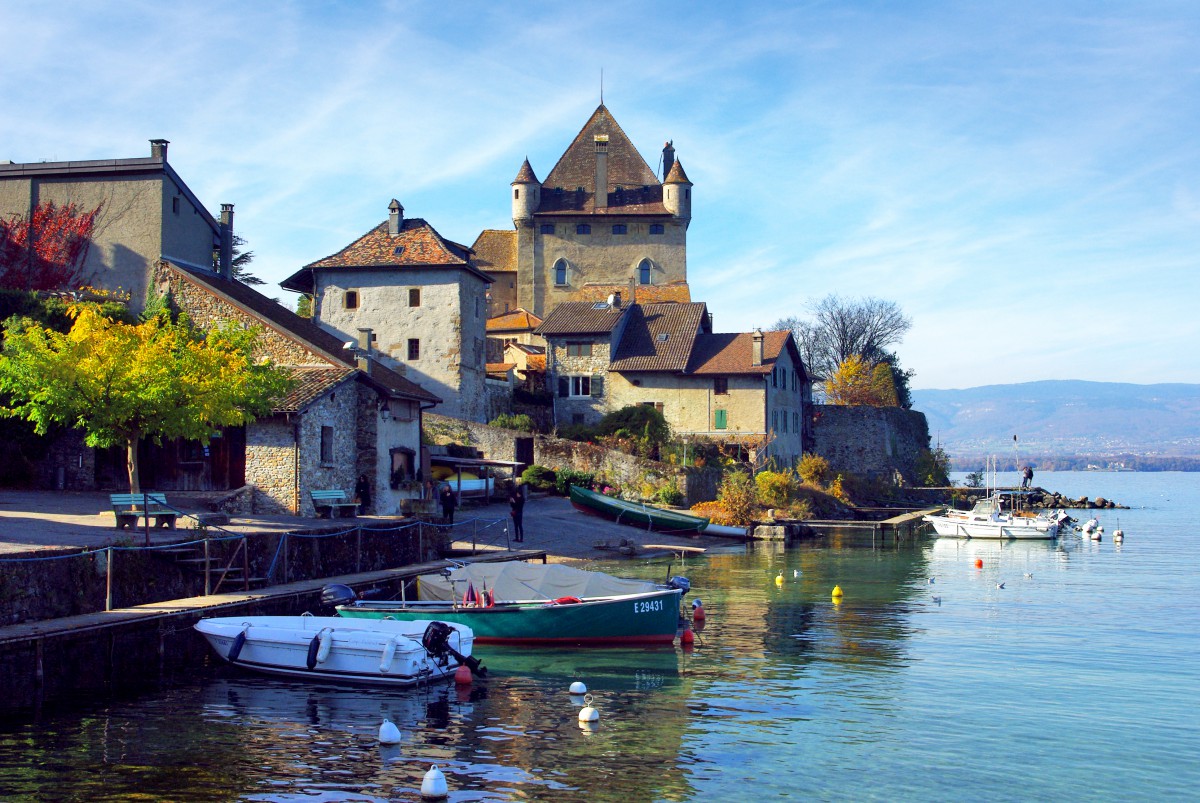
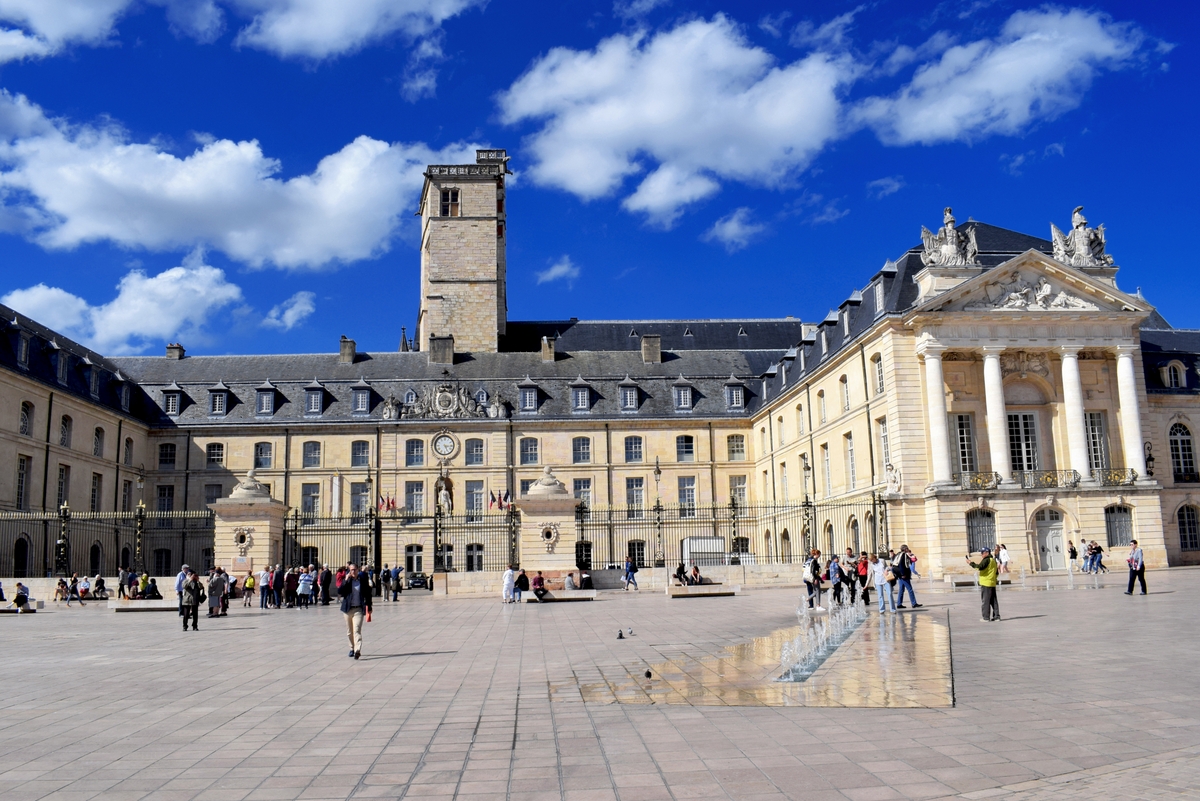


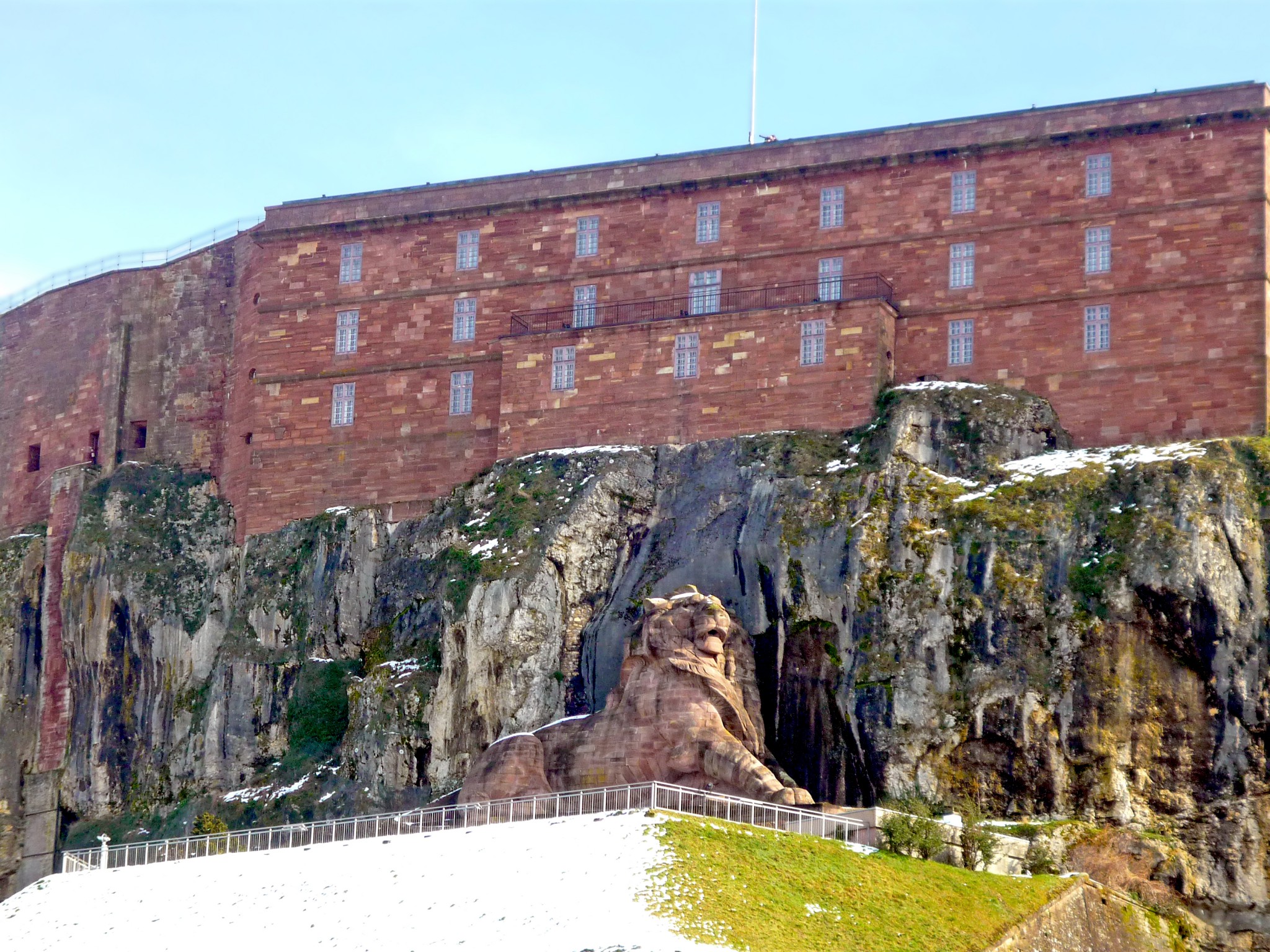

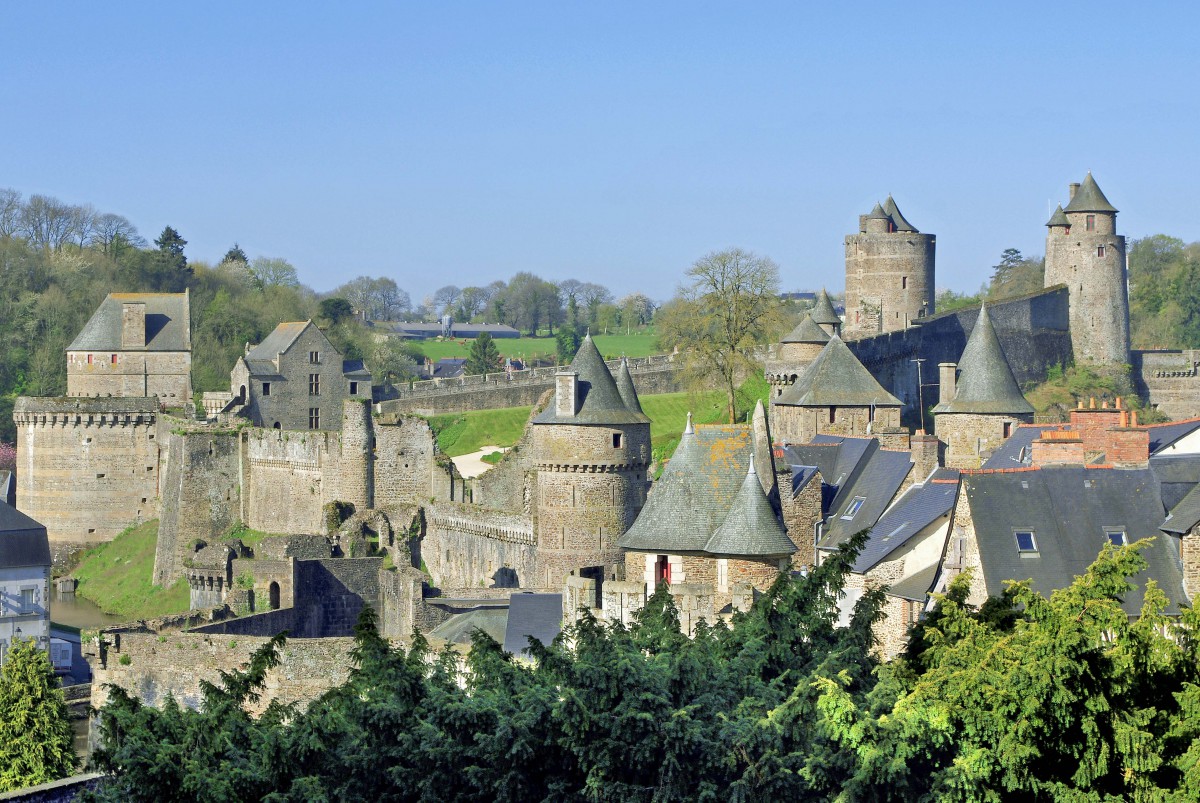
![Cancale - Port de la Houle © Cancale35 - licence [CC BY-SA 4.0] from Wikimedia Commons](https://frenchmoments.eu/wp-content/uploads/2018/11/Cancale-Port-de-la-Houle-©-Cancale35-licence-CC-BY-SA-4.0-from-Wikimedia-Commons.jpg)
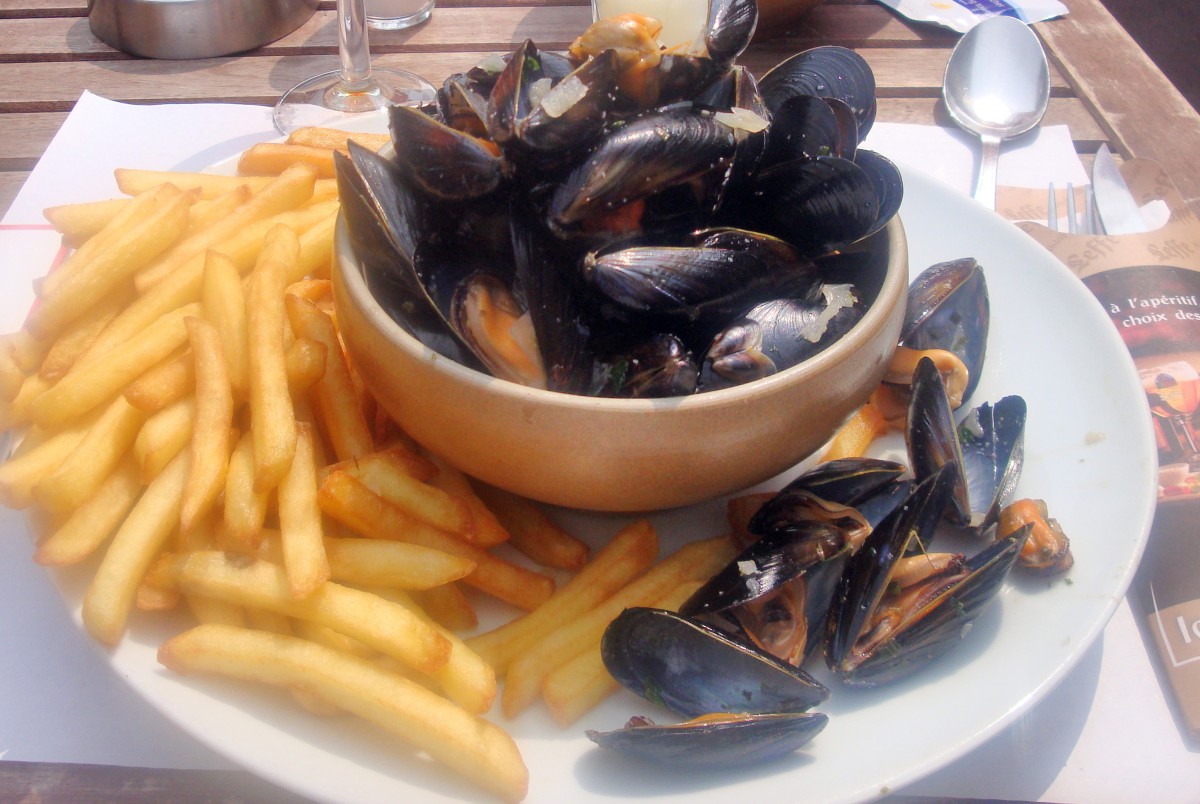

![Chambord North Facade © Nono vlf [CC BY-SA 4.0] from Wikimedia Commons](https://frenchmoments.eu/wp-content/uploads/2012/11/Chambord-North-Facade-©-Nono-vlf-CC-BY-SA-4.0-from-Wikimedia-Commons.jpg)
![Place Plumereau Tours © Thierry de Villepin - licence [CC BY-SA 3.0] from Wikimedia Commons](https://frenchmoments.eu/wp-content/uploads/2015/05/Place-Plumereau-Tours-©-Thierry-de-Villepin-licence-CC-BY-SA-3.0-from-Wikimedia-Commons.jpg)
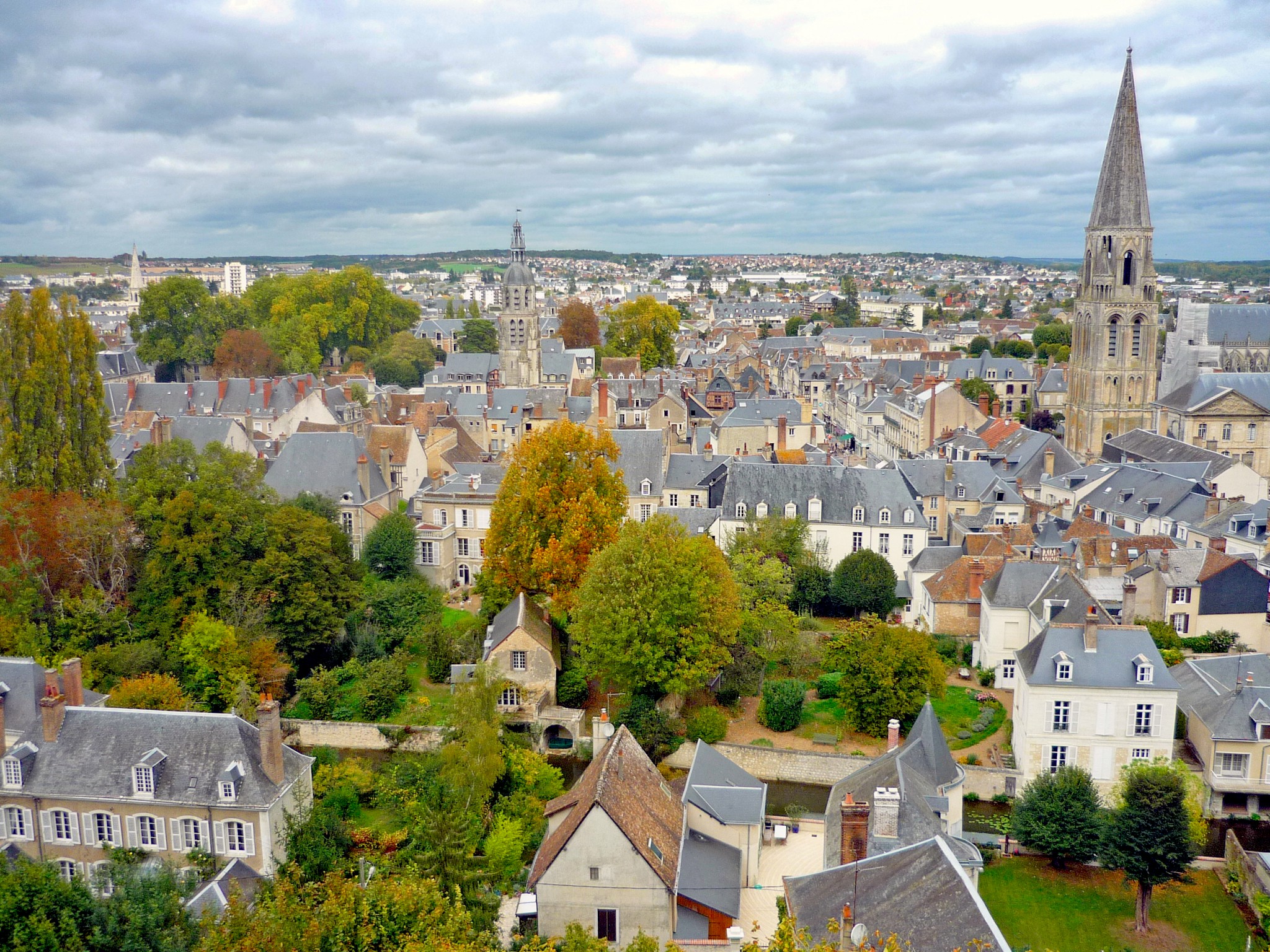
![Chenonceau © Ra-smit [GFDL (http-::www.gnu.org:copyleft:fdl.html)], via Wikimedia Commons](https://frenchmoments.eu/wp-content/uploads/2014/05/Chenonceau-©-Ra-smit-GFDL-http-www.gnu_.orgcopyleftfdl.html-via-Wikimedia-Commons.jpg)
![Amboise Castle © Christophe.Finot - licence [CC BY-SA 2.5] from Wikimedia Commons](https://frenchmoments.eu/wp-content/uploads/2012/11/Amboise-Castle-©-Christophe.Finot-licence-CC-BY-SA-2.5-from-Wikimedia-Commons.jpg)
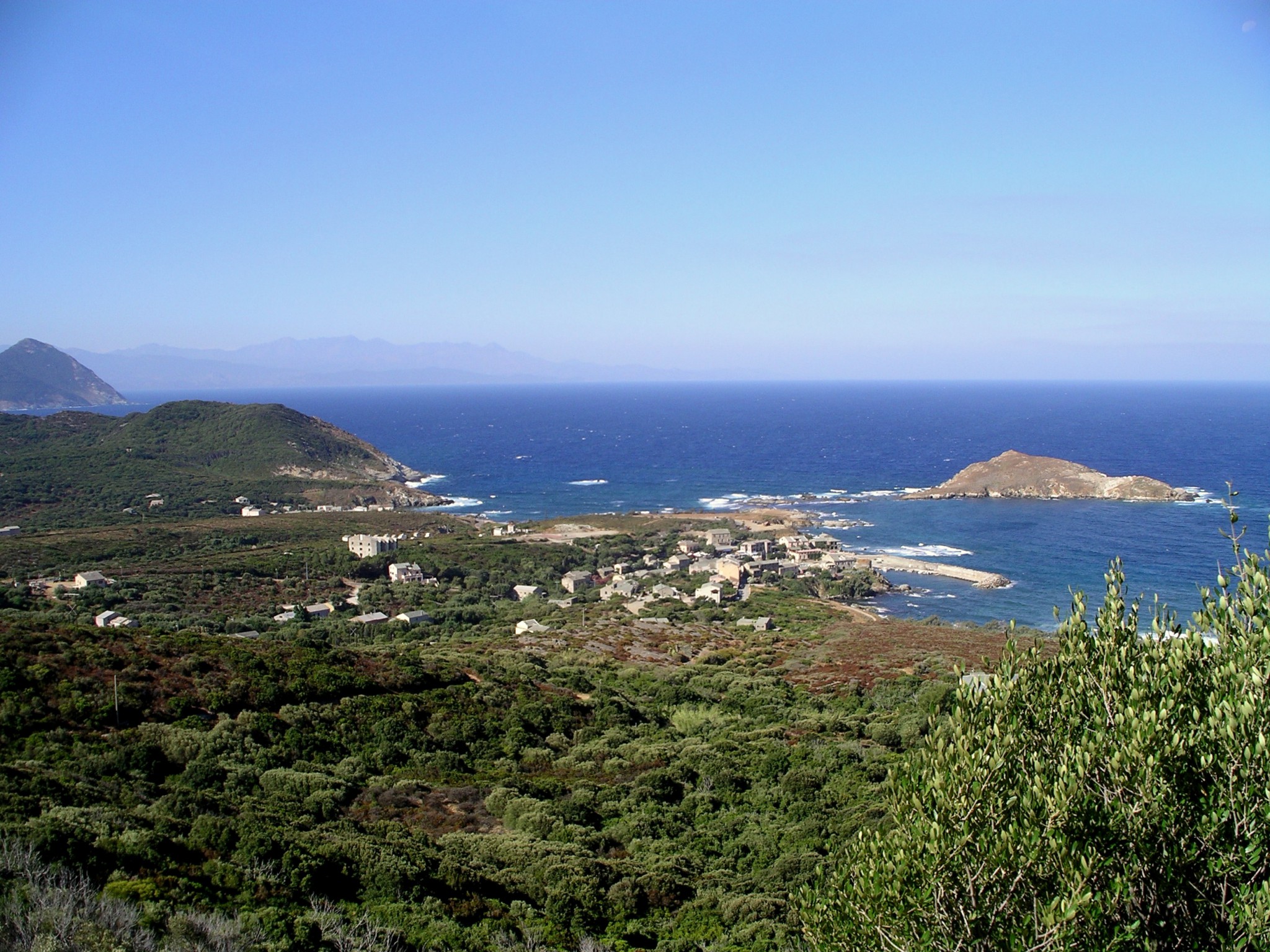

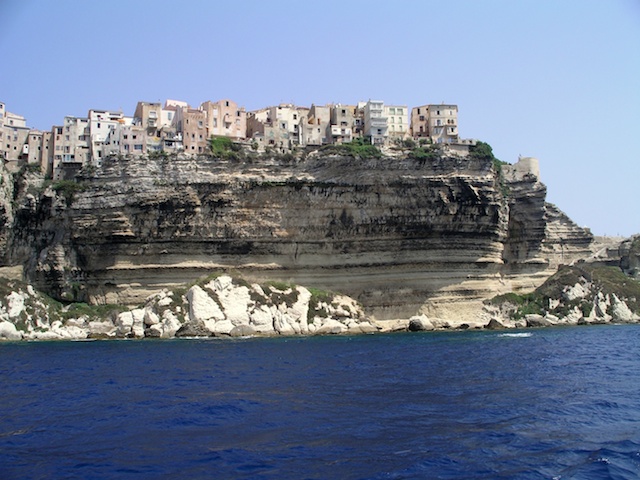
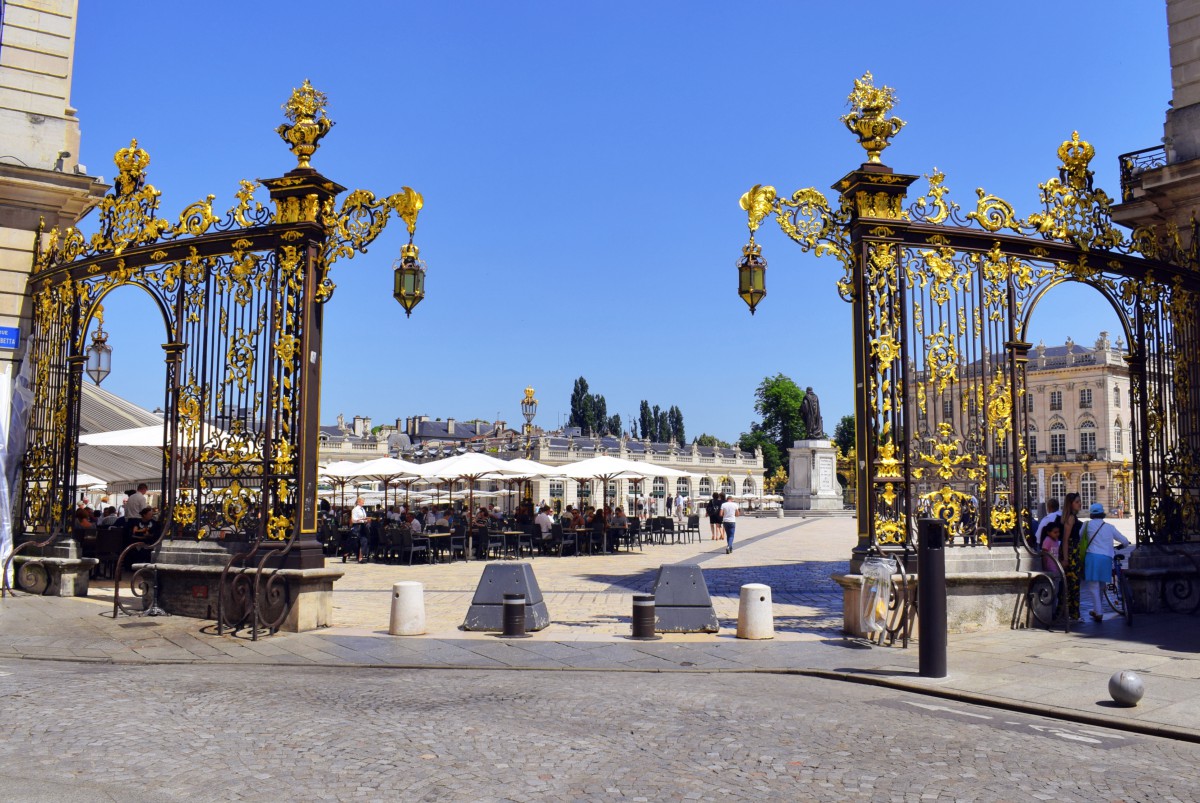
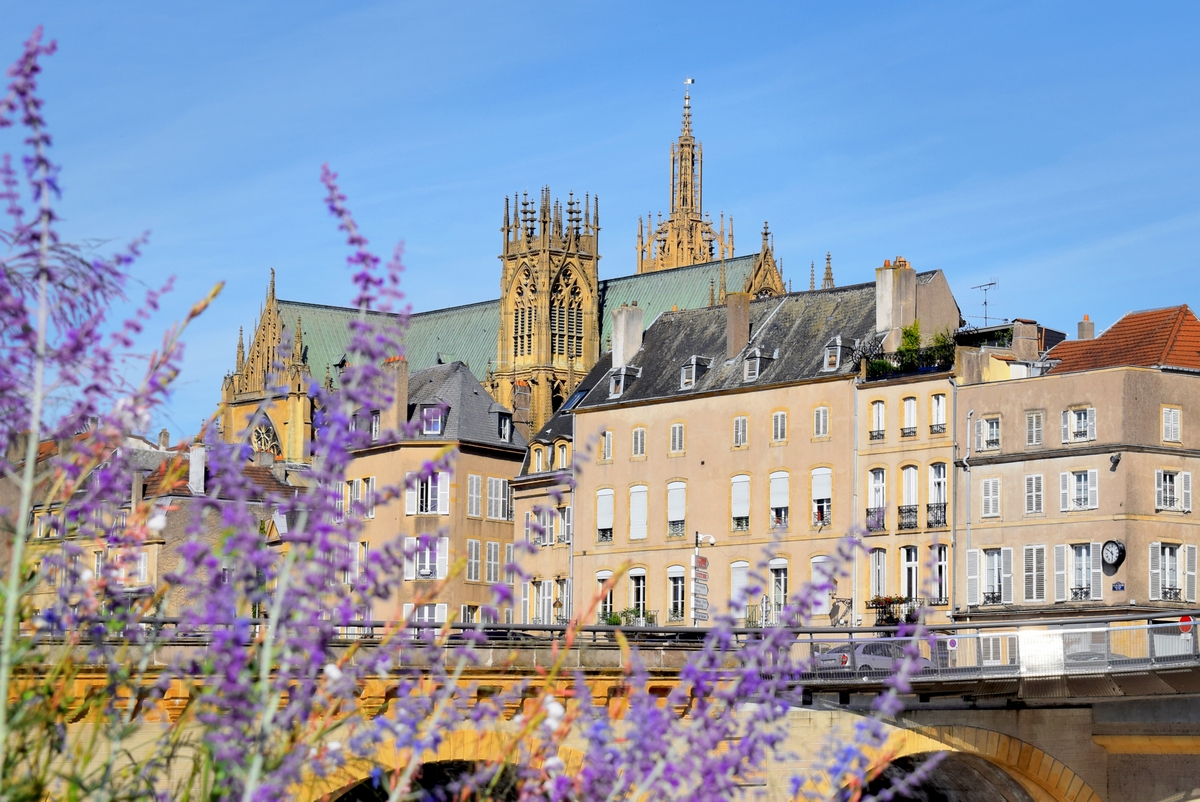
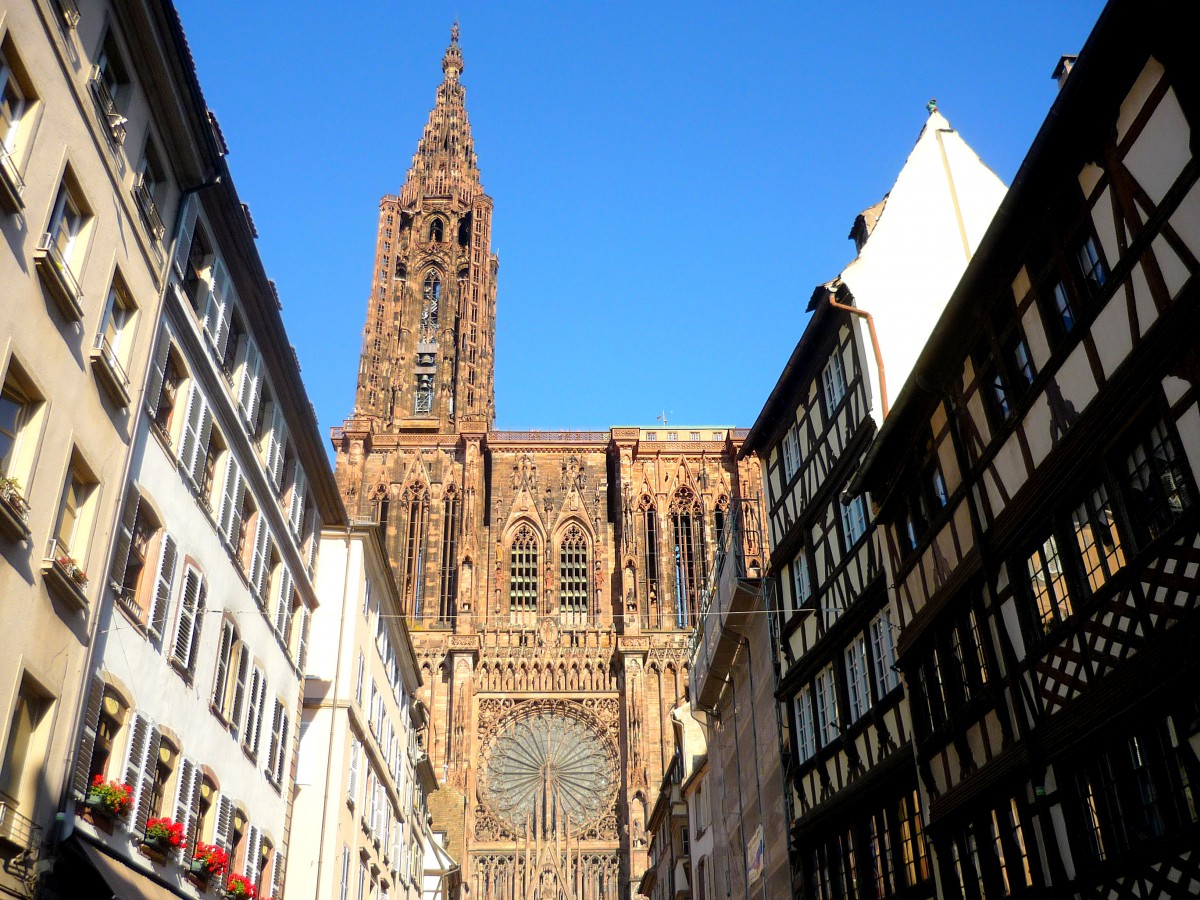
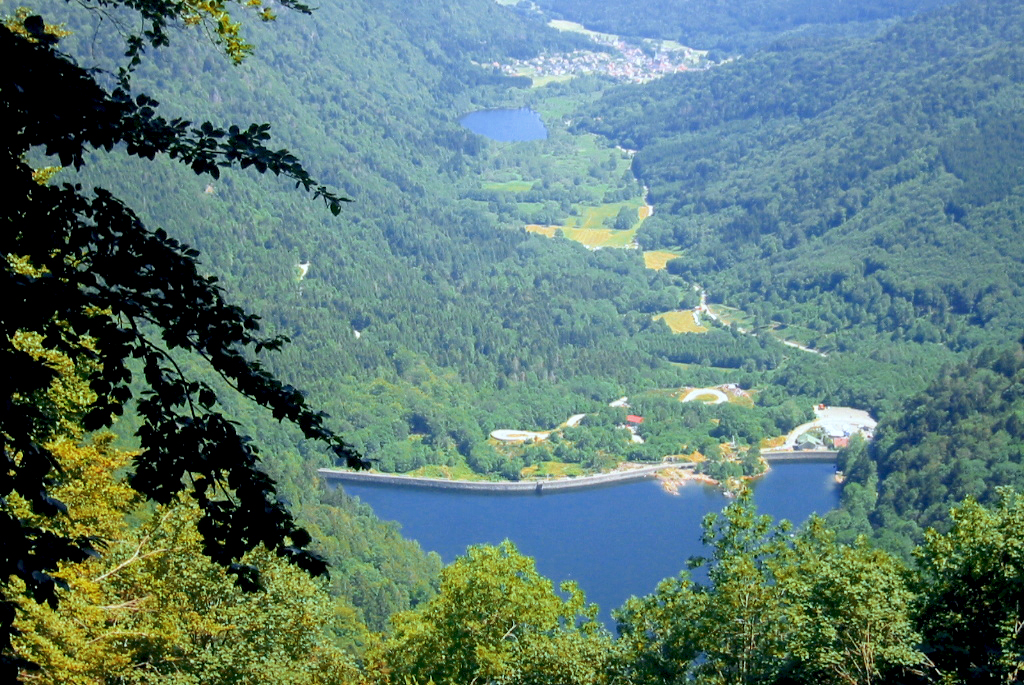
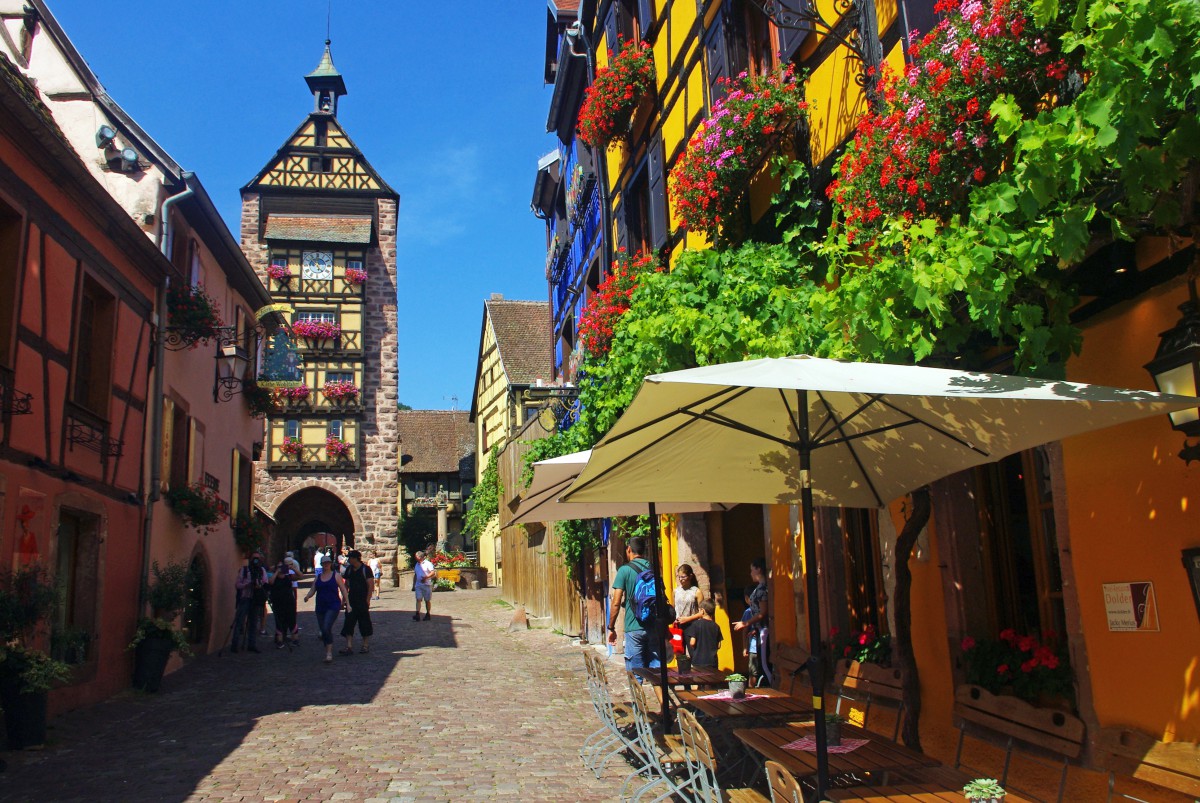


![The chevet of Beauvais Cathedral by Pepijntje [Public Domain]](https://frenchmoments.eu/wp-content/uploads/2012/12/Beauvais-Cathedral-Chevet-by-Pepijntje-Public-Domain.jpg)
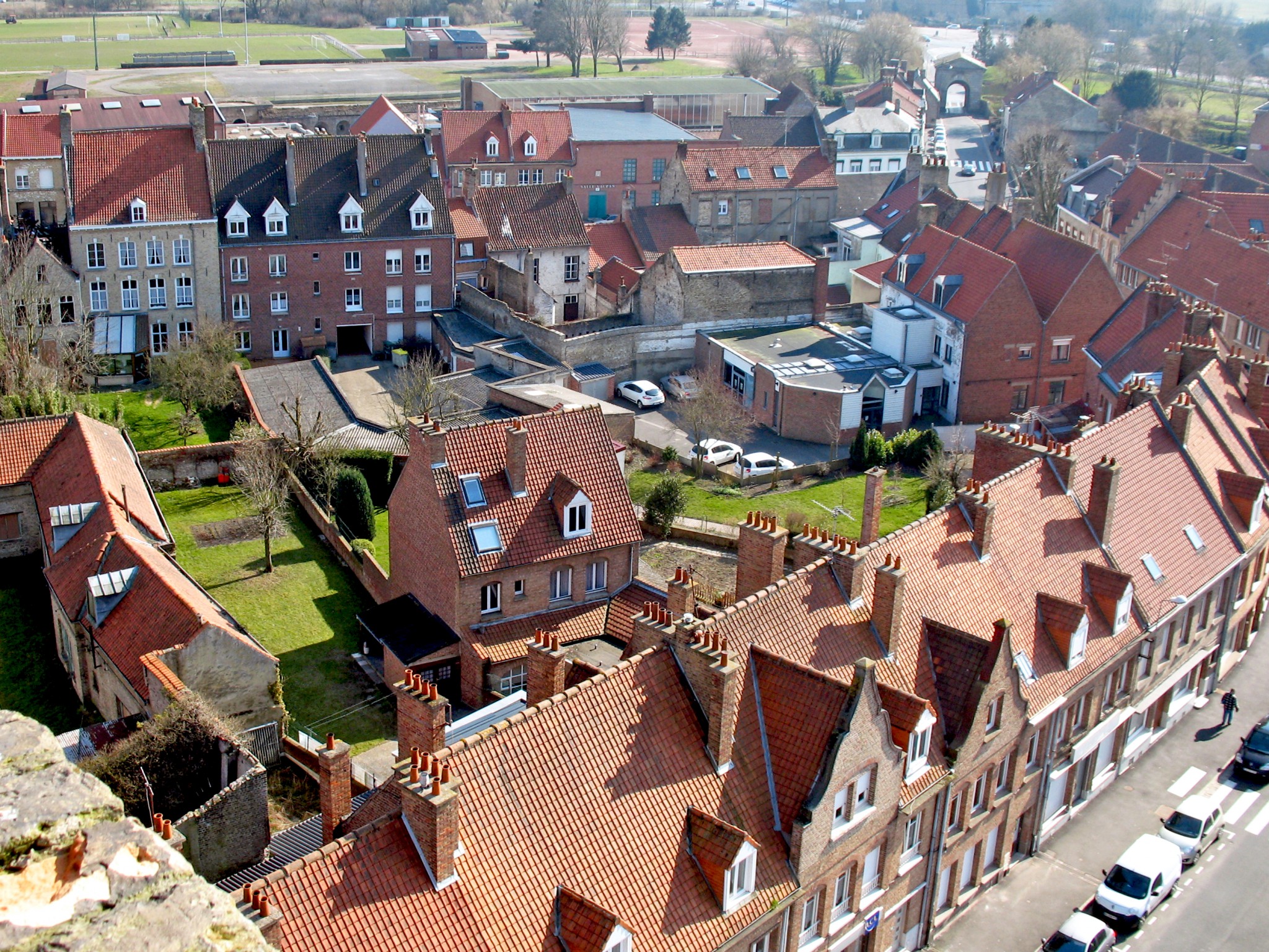

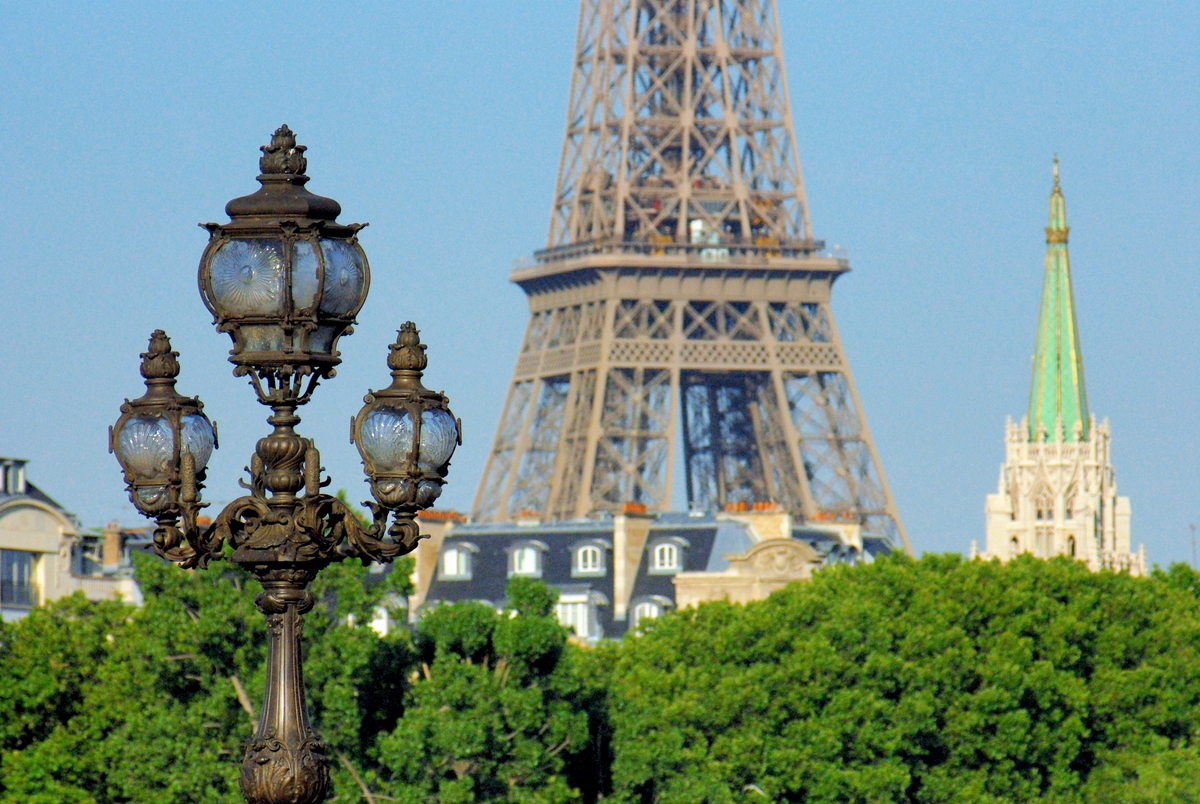
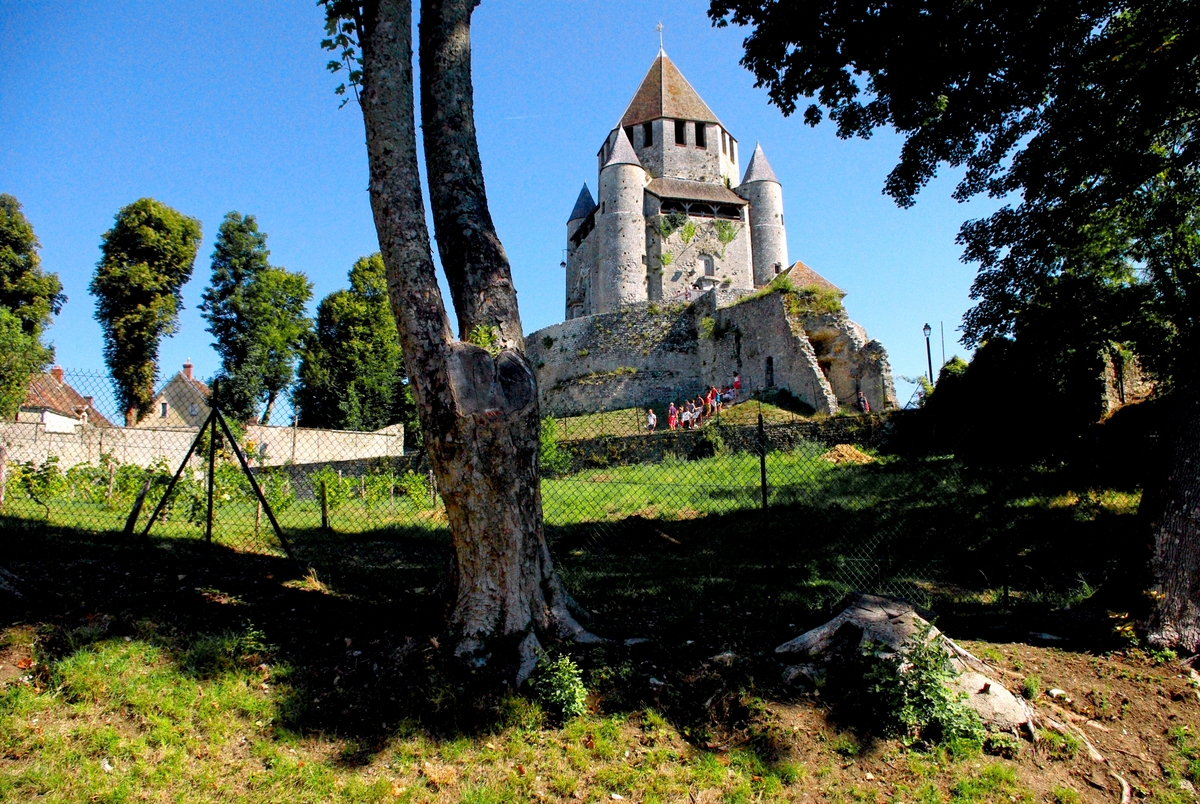

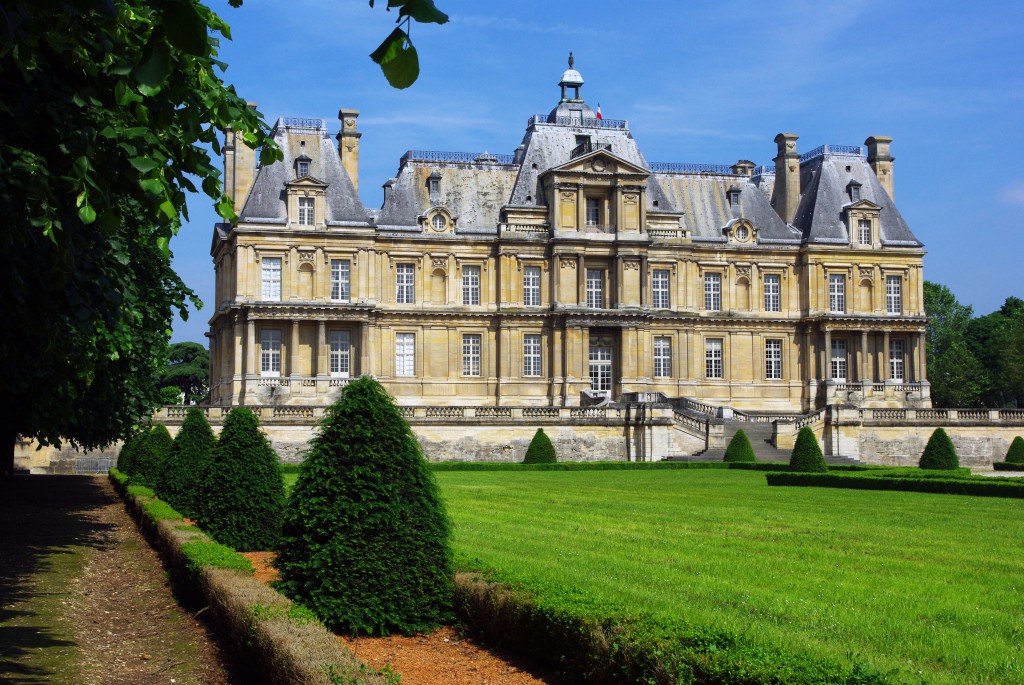
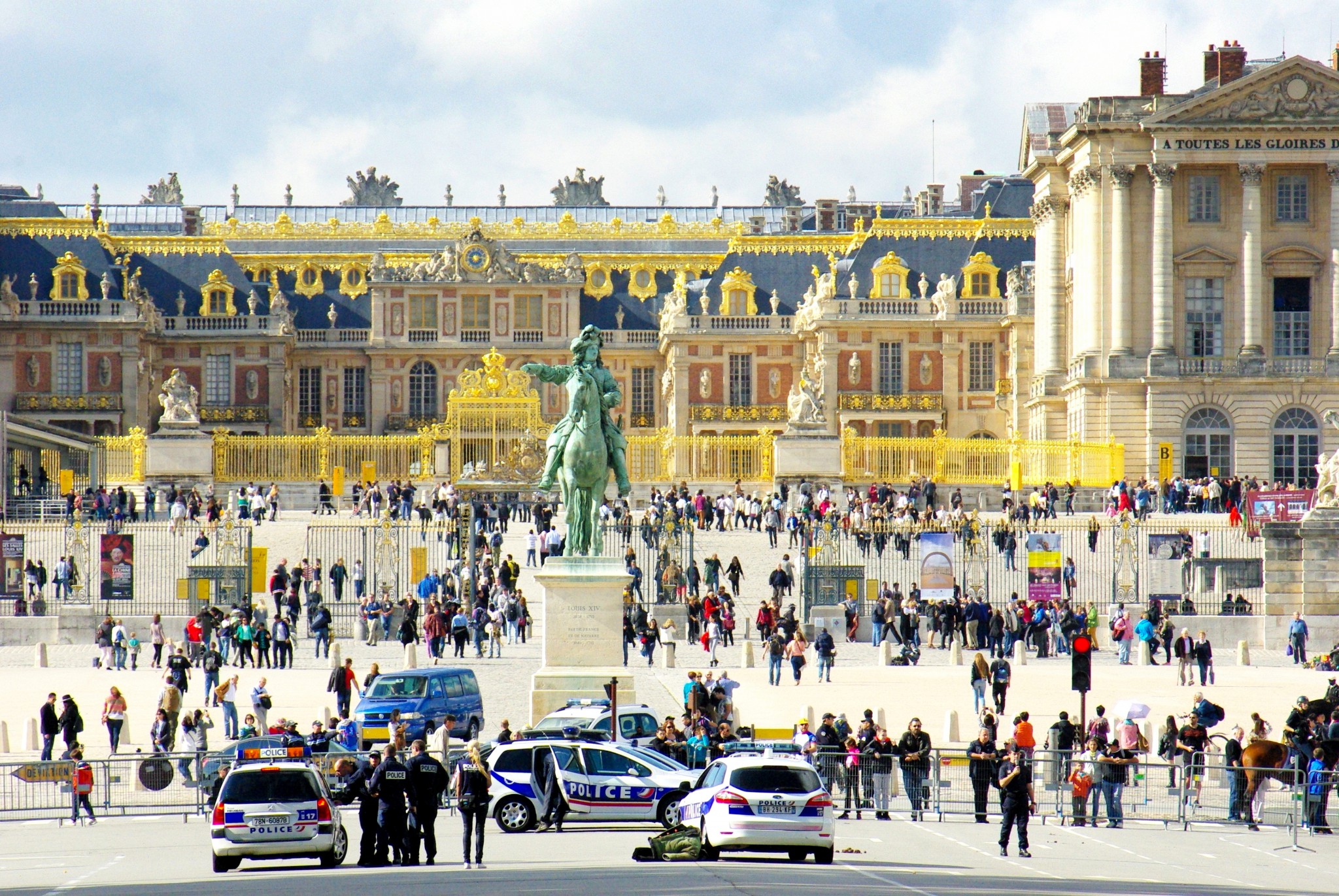
![Toulouse Capitole © Benh LIEU SONG - licence [CC BY-SA 3.0] from Wikimedia Commons](https://frenchmoments.eu/wp-content/uploads/2014/02/Toulouse-Capitole-©-Benh-LIEU-SONG-licence-CC-BY-SA-3.0-from-Wikimedia-Commons.jpg)
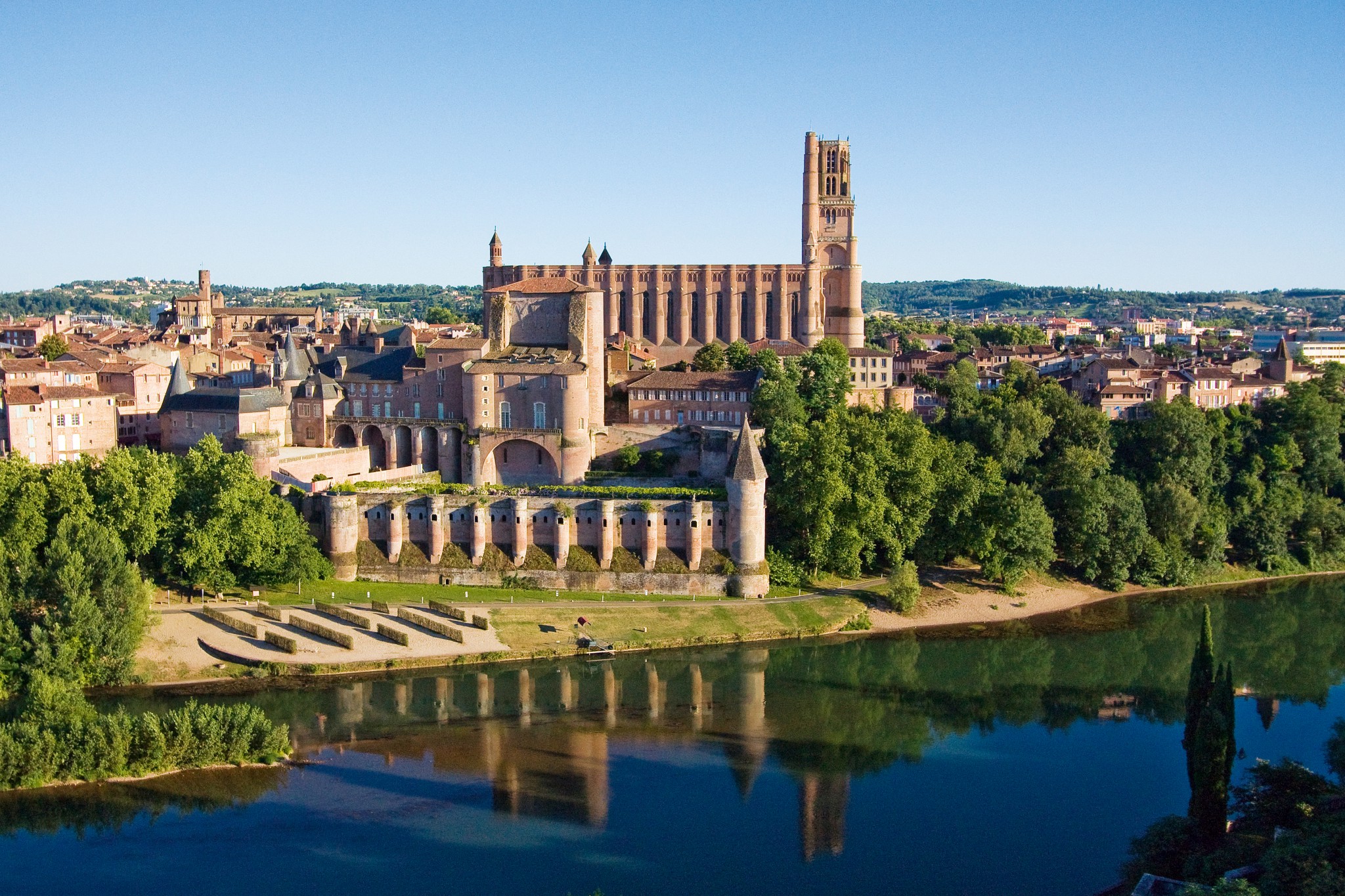

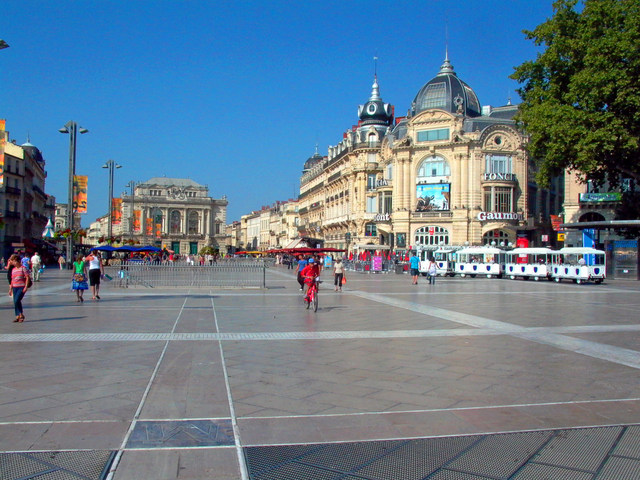
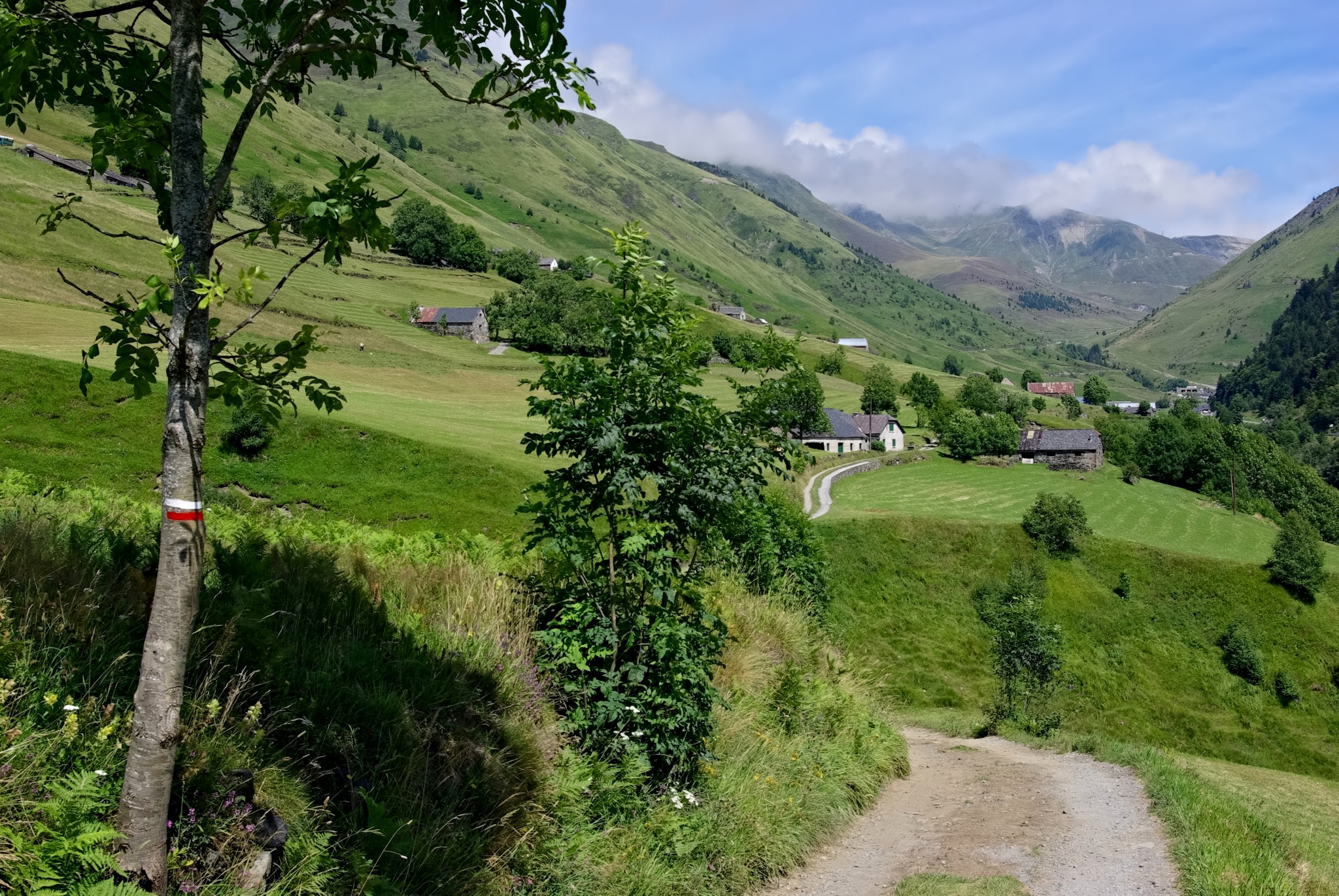




![Explore Normandy - Saint-Cenéri-Le-Gerei © Comité Régional du Tourisme de Normandie - licence [CC BY-SA 3.0] from Wikimedia Commons](https://frenchmoments.eu/wp-content/uploads/2018/09/Saint-Cenéri-Le-Gerei-Explore-Normandy-©-Comité-Régional-du-Tourisme-de-Normandie-licence-CC-BY-SA-3.0-from-Wikimedia-Commons.jpg)
![Nantes © Adam Bishop - licence [CC BY-SA 3.0] from Wikimedia Commons](https://frenchmoments.eu/wp-content/uploads/2013/10/Nantes-©-Adam-Bishop-licence-CC-BY-SA-3.0-from-Wikimedia-Commons-.jpg)
![Angers Castle © Tango7174 - licence [CC BY-SA 3.0] from Wikimedia Commons](https://frenchmoments.eu/wp-content/uploads/2015/05/Angers-Castle-©-Tango7174-licence-CC-BY-SA-3.0-from-Wikimedia-Commons.jpg)
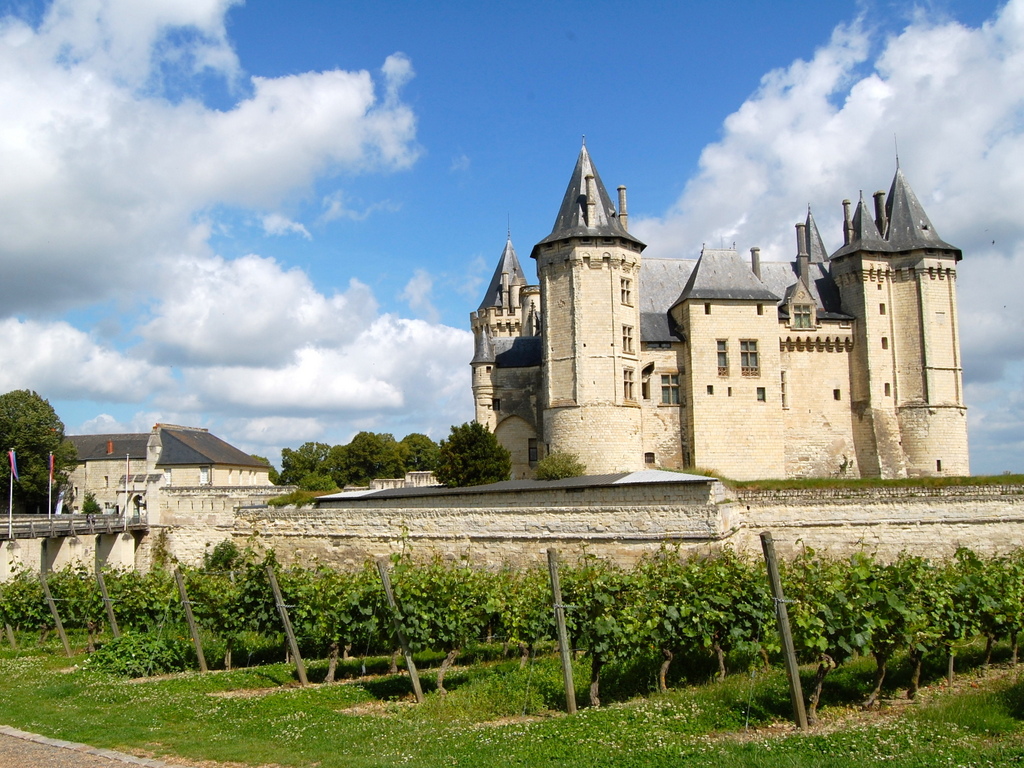
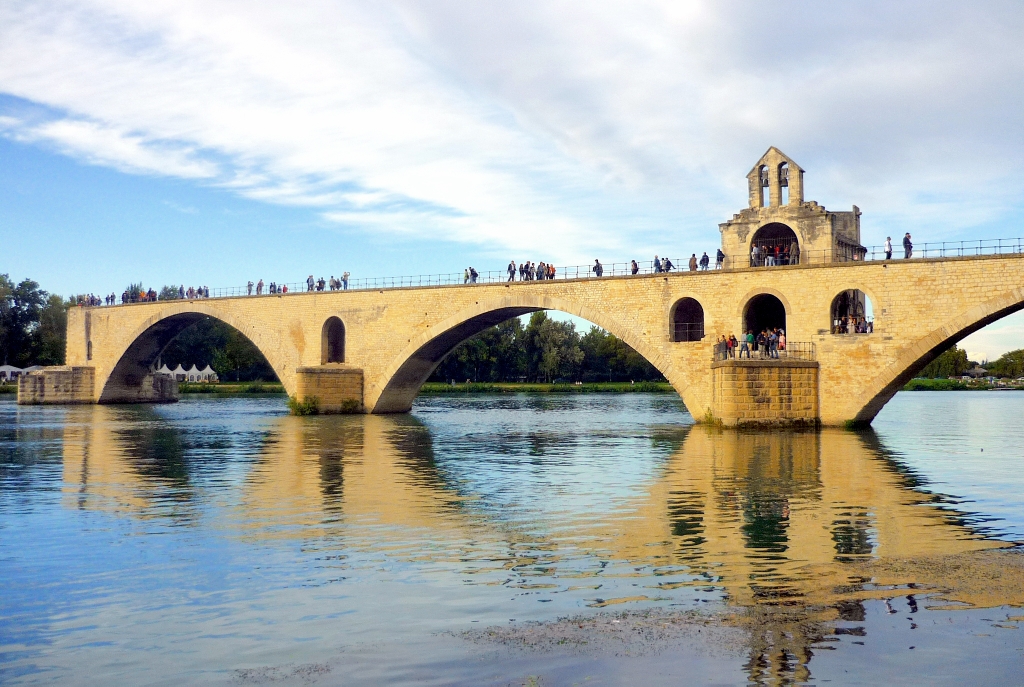
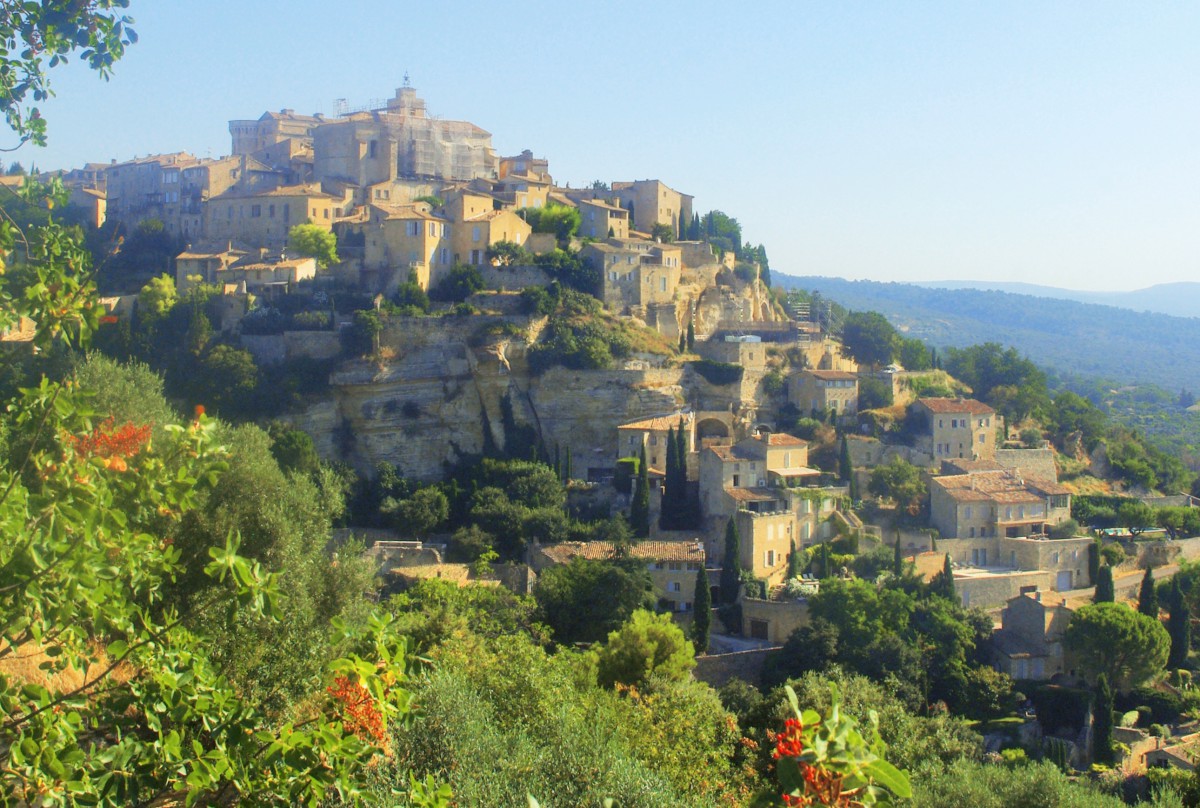
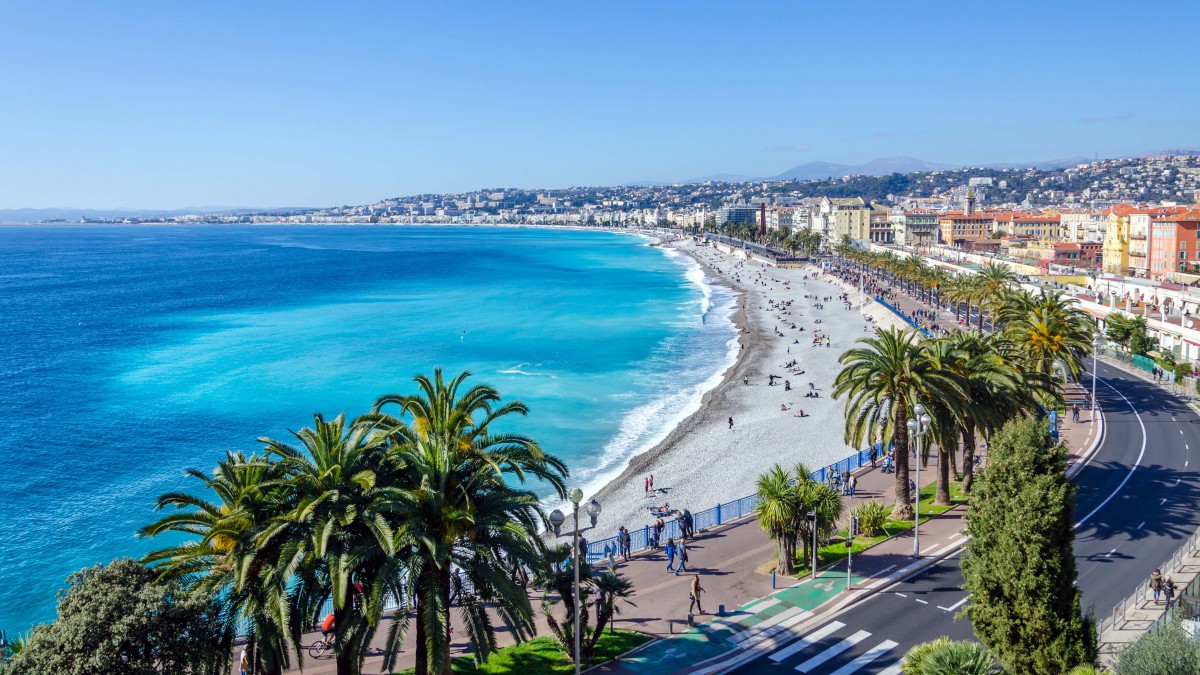


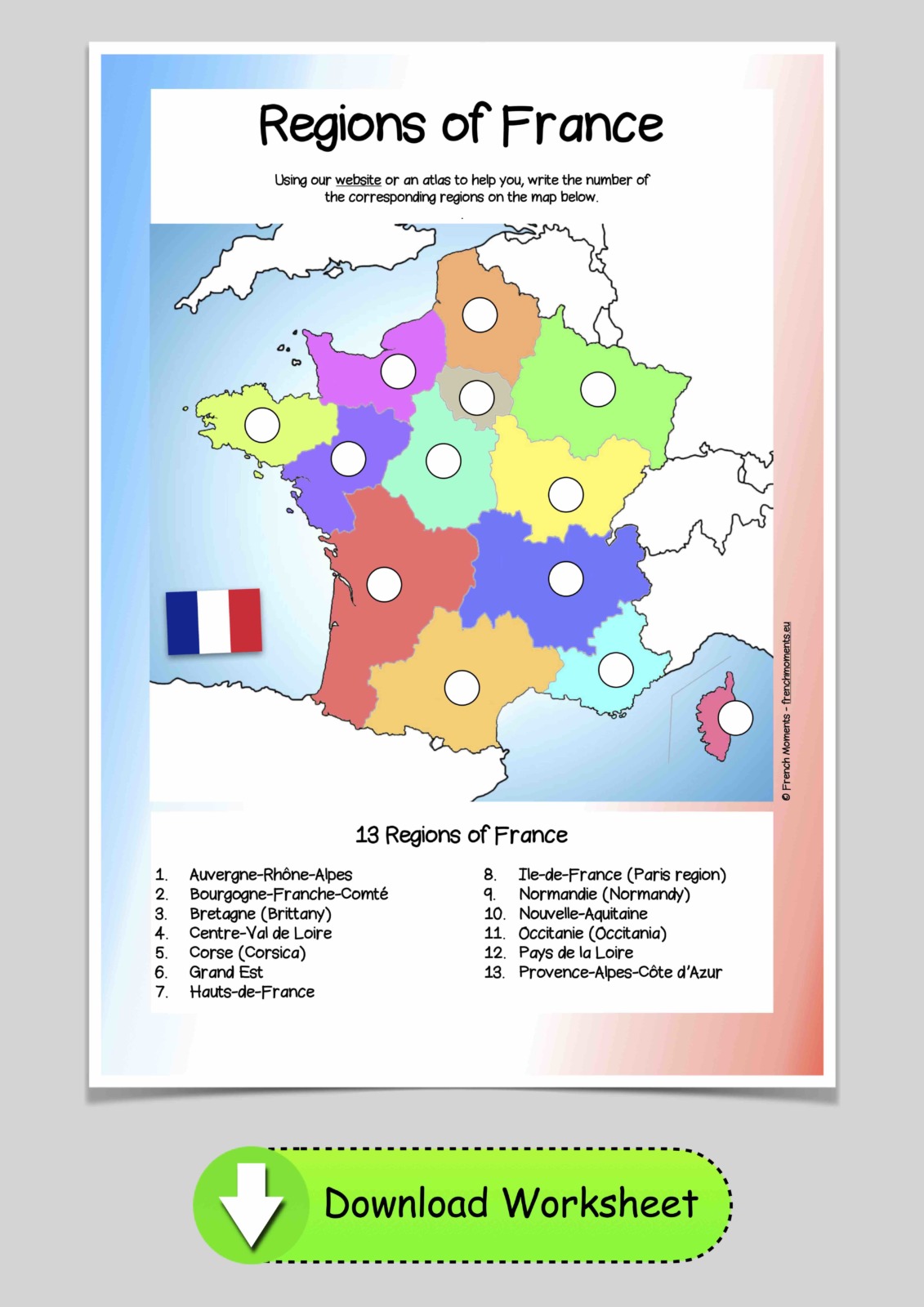
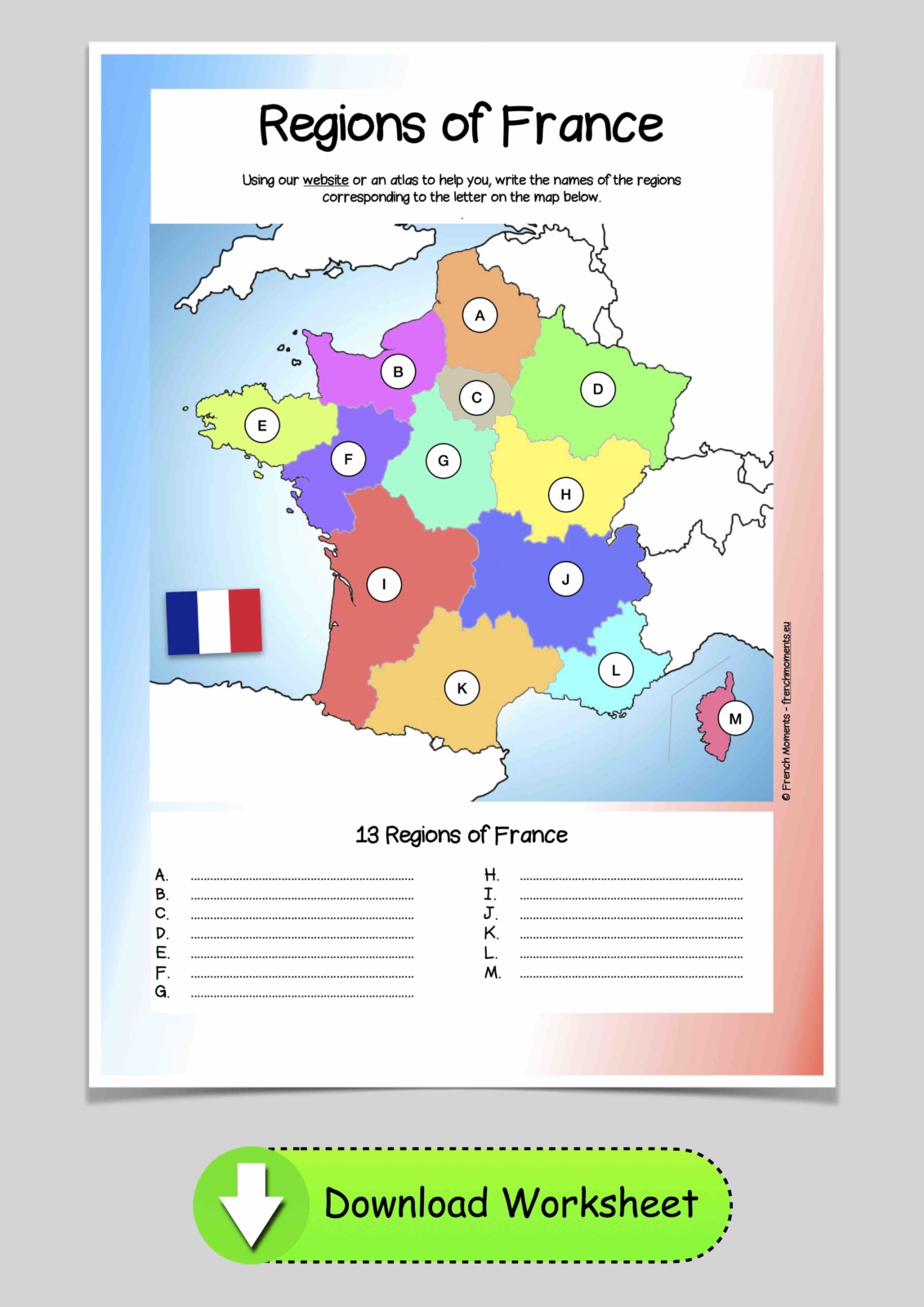
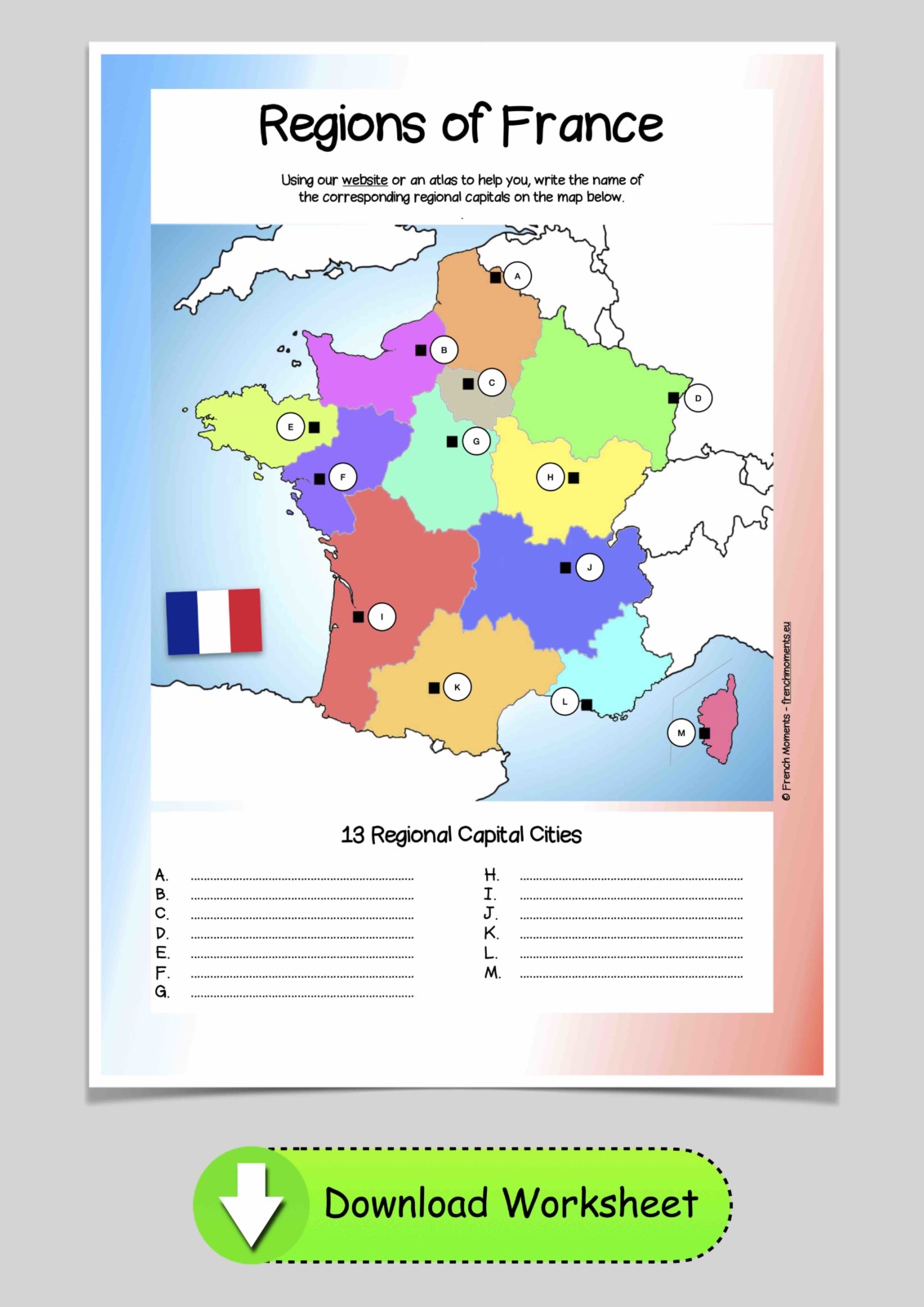





Hi, love the info you have here, especially with tourism ideas.
I was using it to show my French class the different regions. I’m wondering why Corsica and le Grand Est are not included in your maps and information. Is this a work in progress?
I’m looking forward to having a good wander around your pages 🙂
Bonjour Catherine,
Thank you so much for your feedback. I went back to our article and discovered that the content for the two regions (Corsica and Grand Est) was hidden because of a piece of html code missing. It should be back to normal now.
Also I intend to create a full coverage on each region once they will all have their official name – a few regions are still deciding which name to choose and the deadline is set at the end of June 2016. Thank you again for pointing out this issue and have a great day!
Merci beaucoup!
I did know about the wait for official names. It has been interesting finding out about these changes. And good for my class – although I’m sure they don’t think so! 🙂